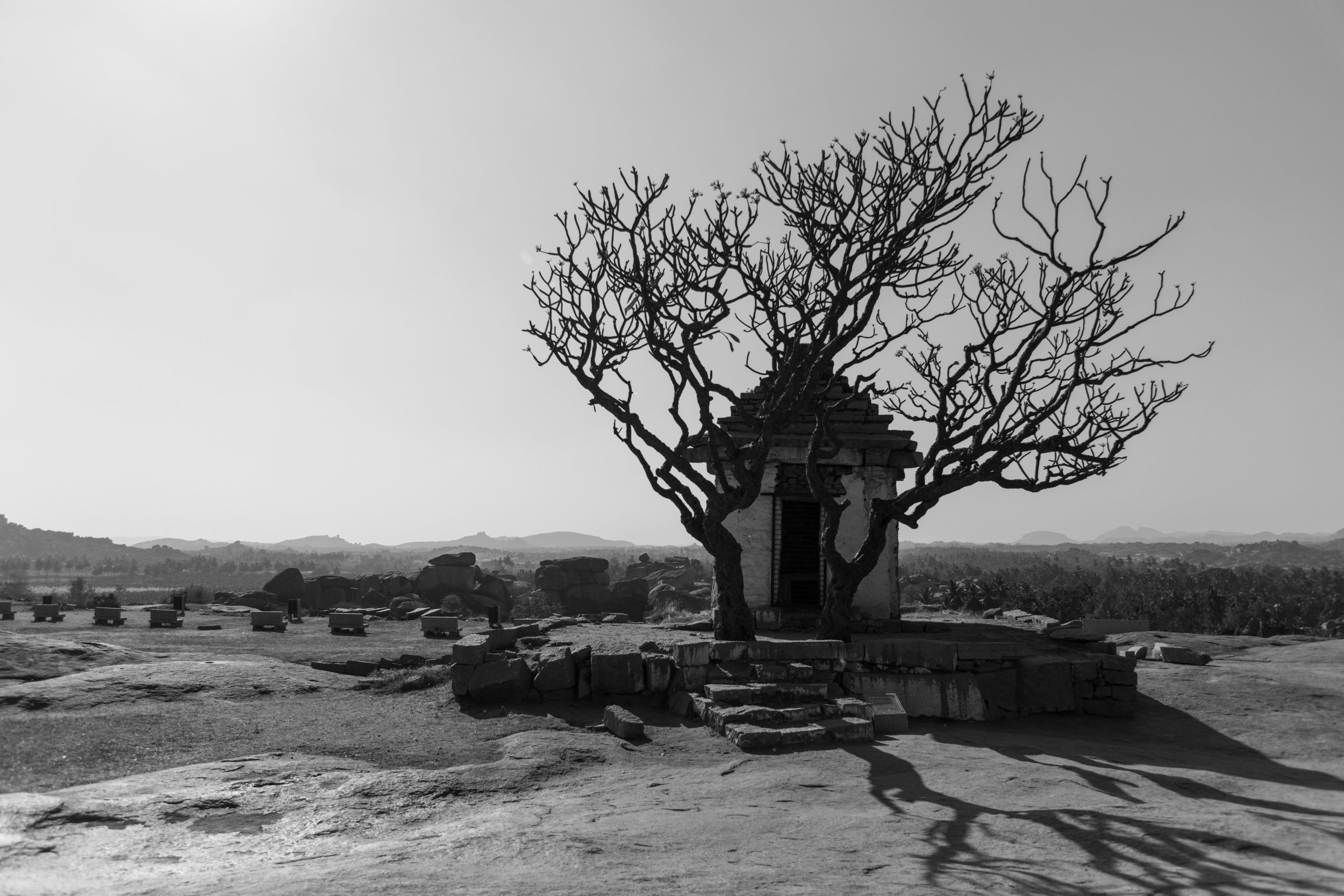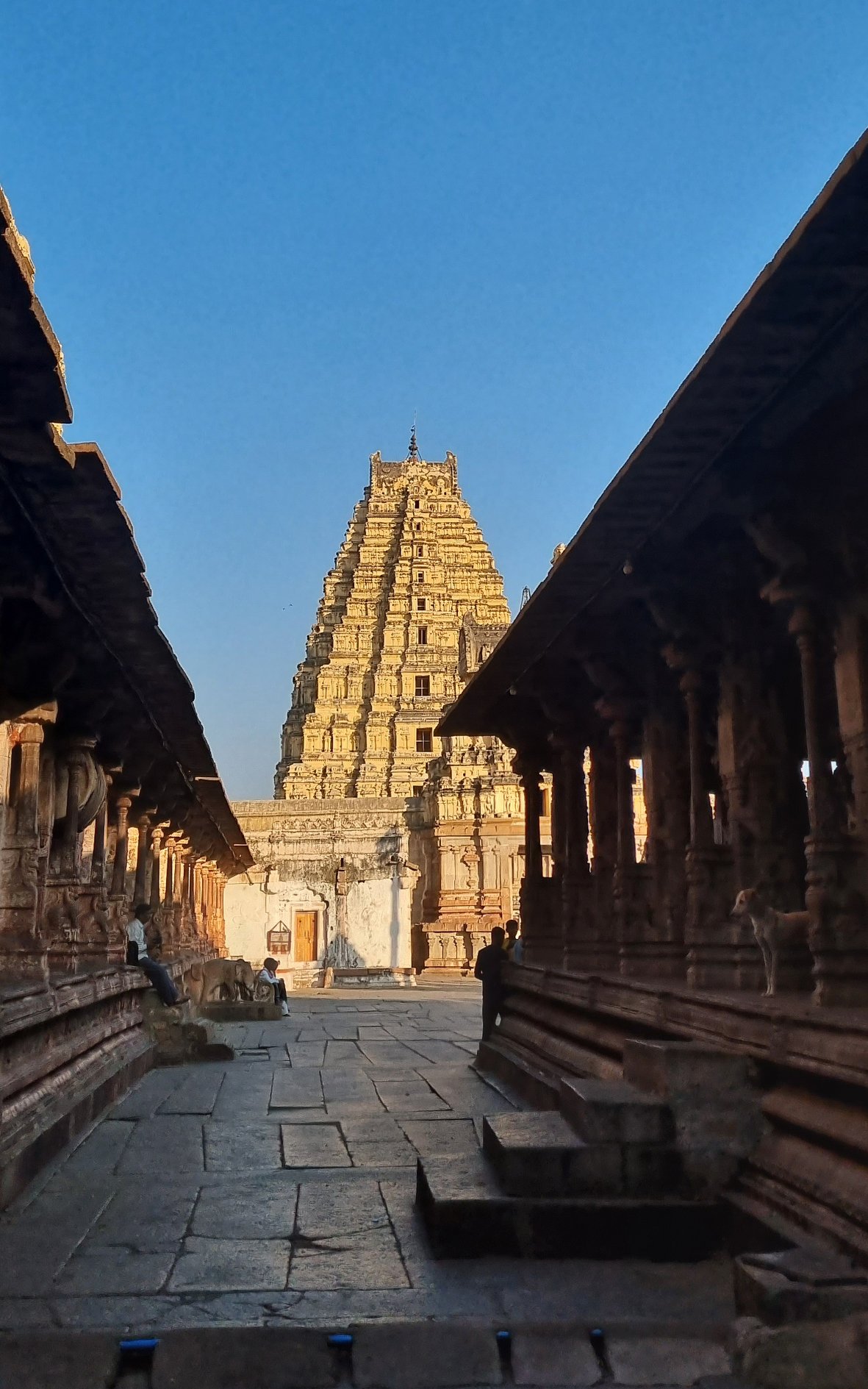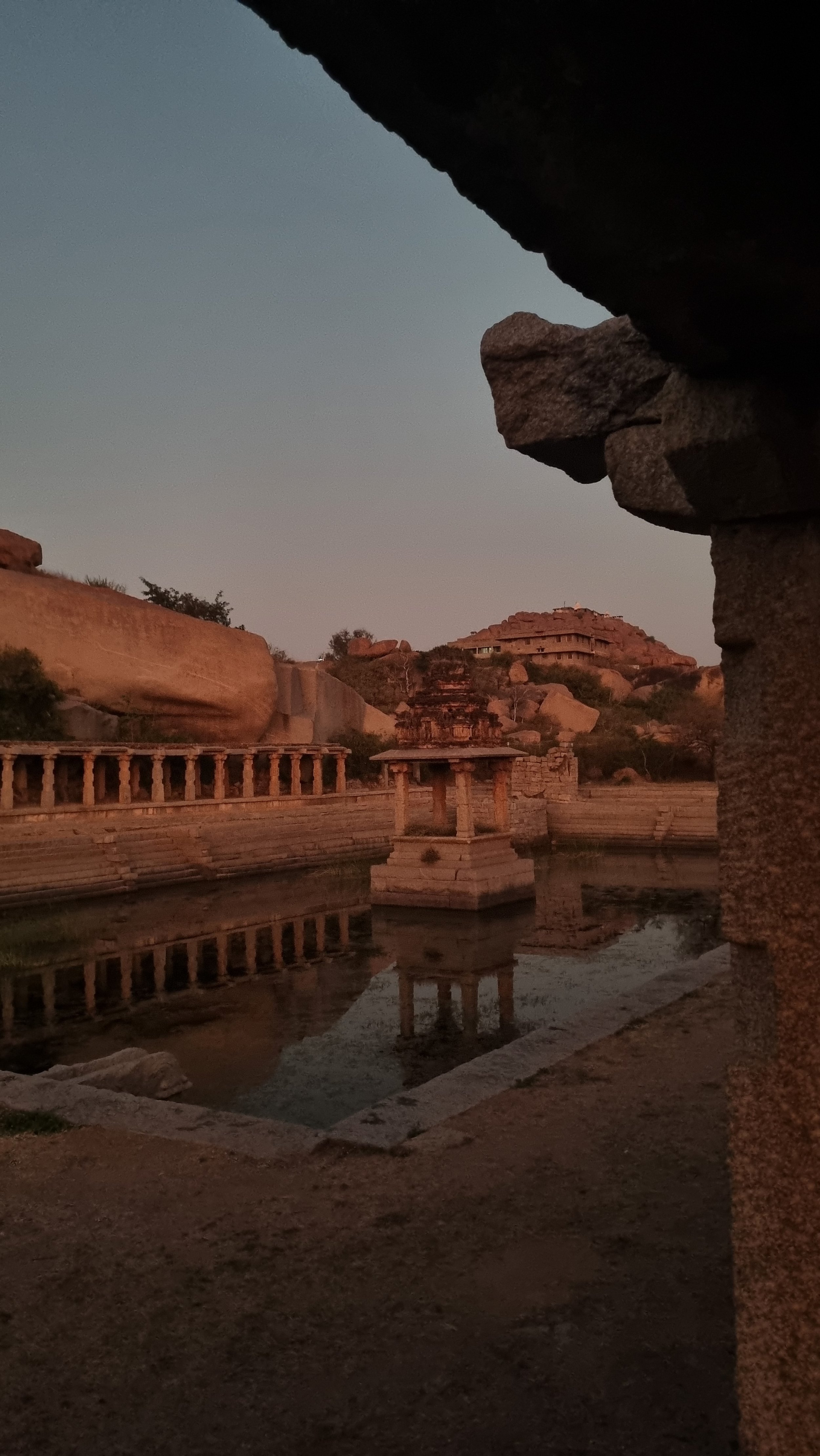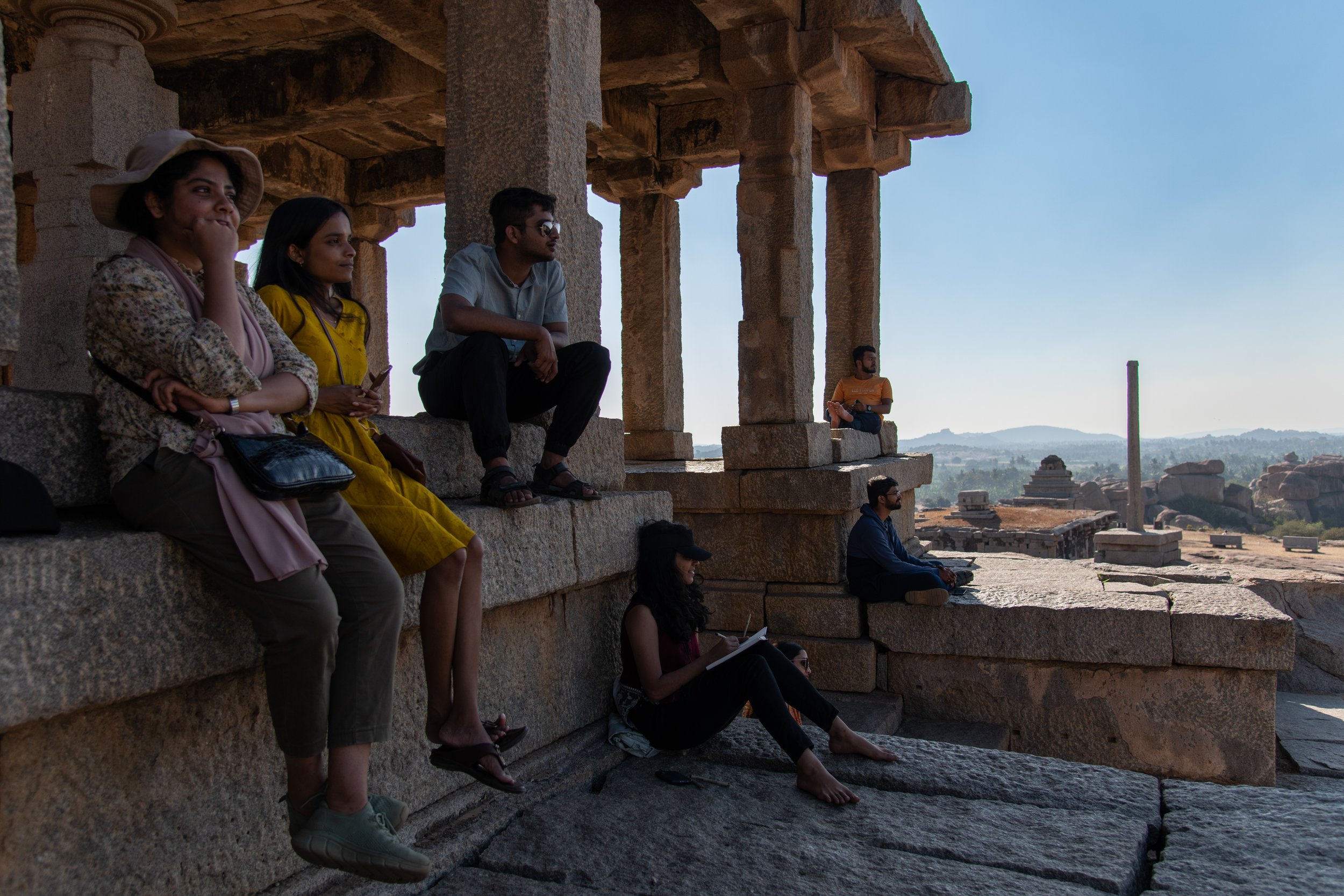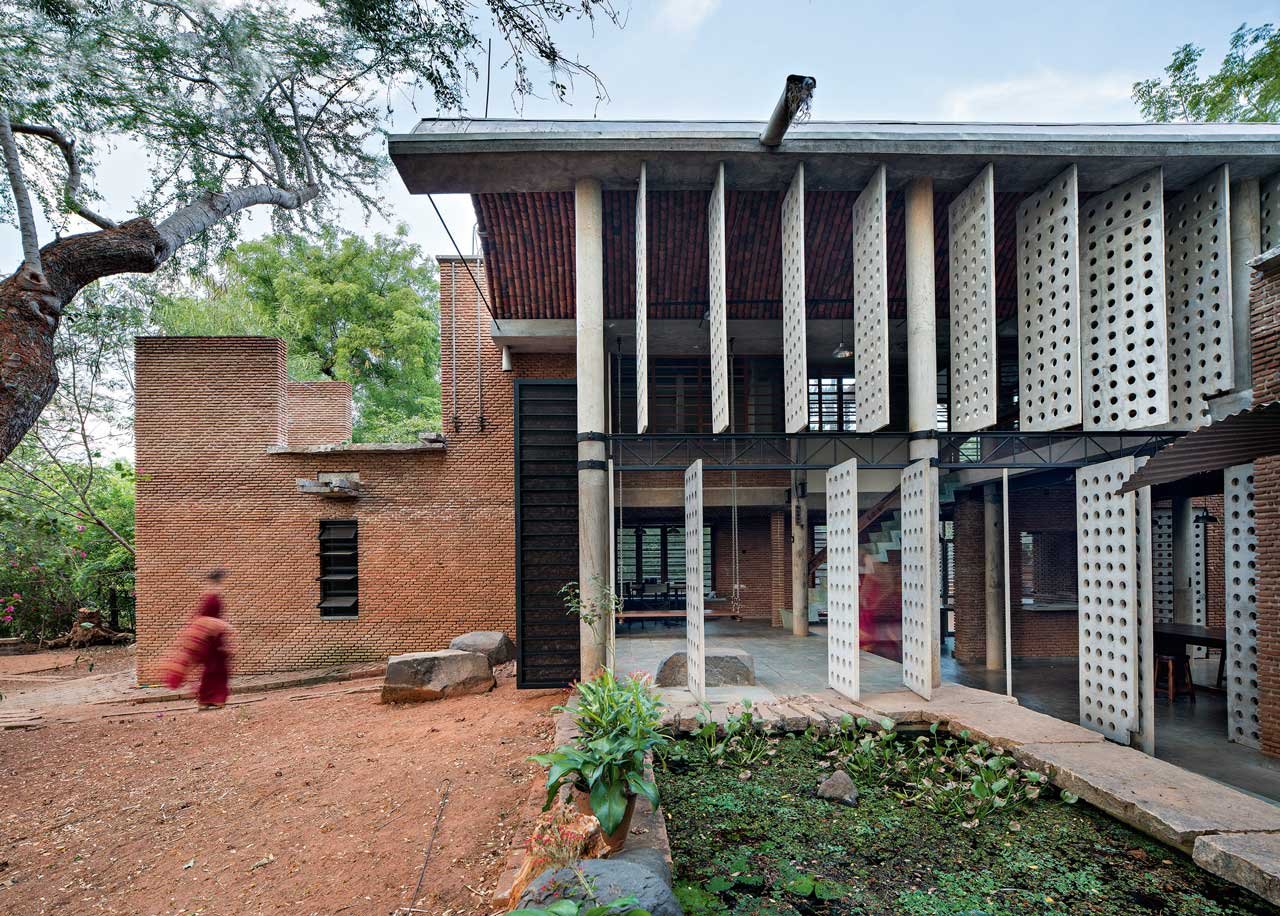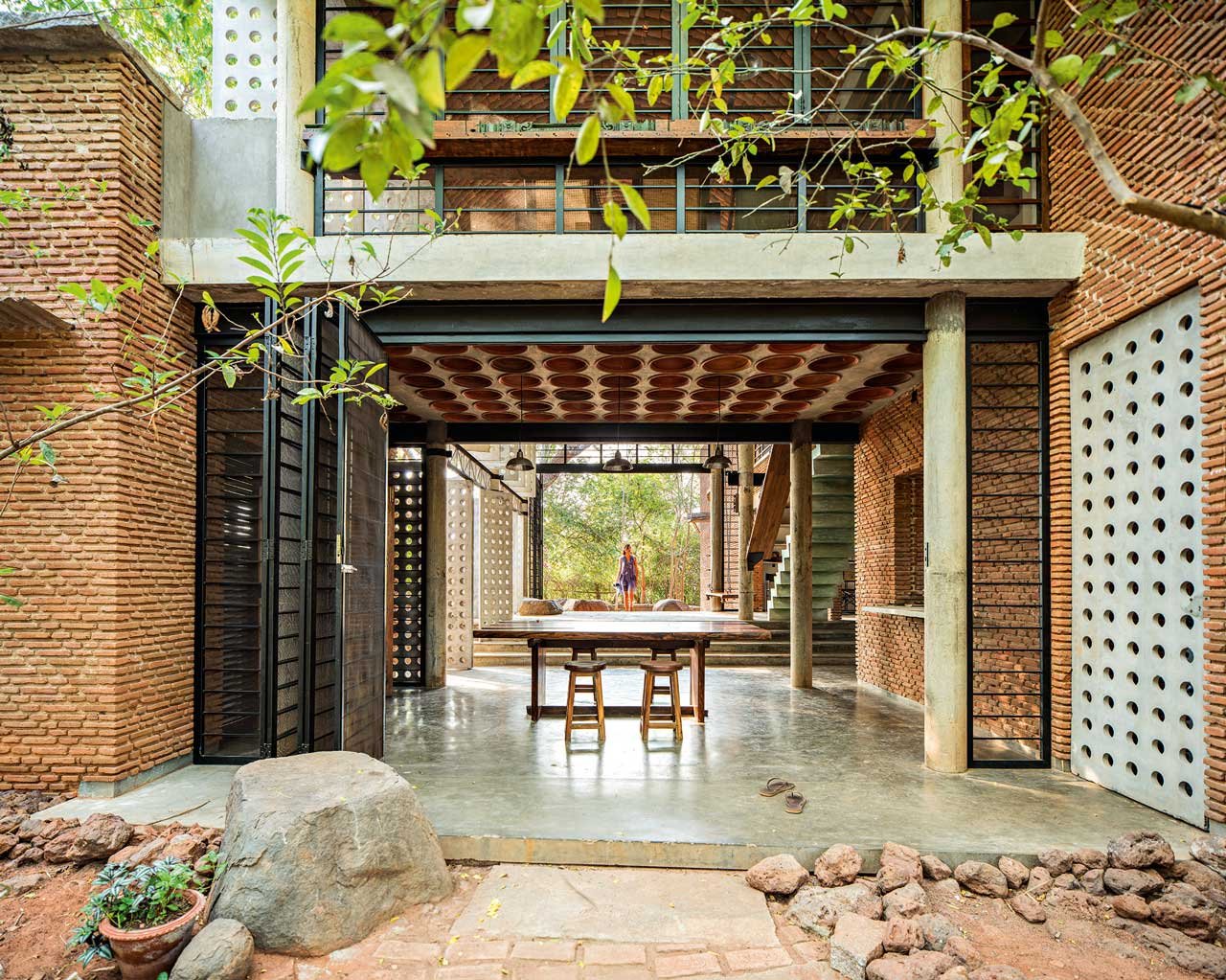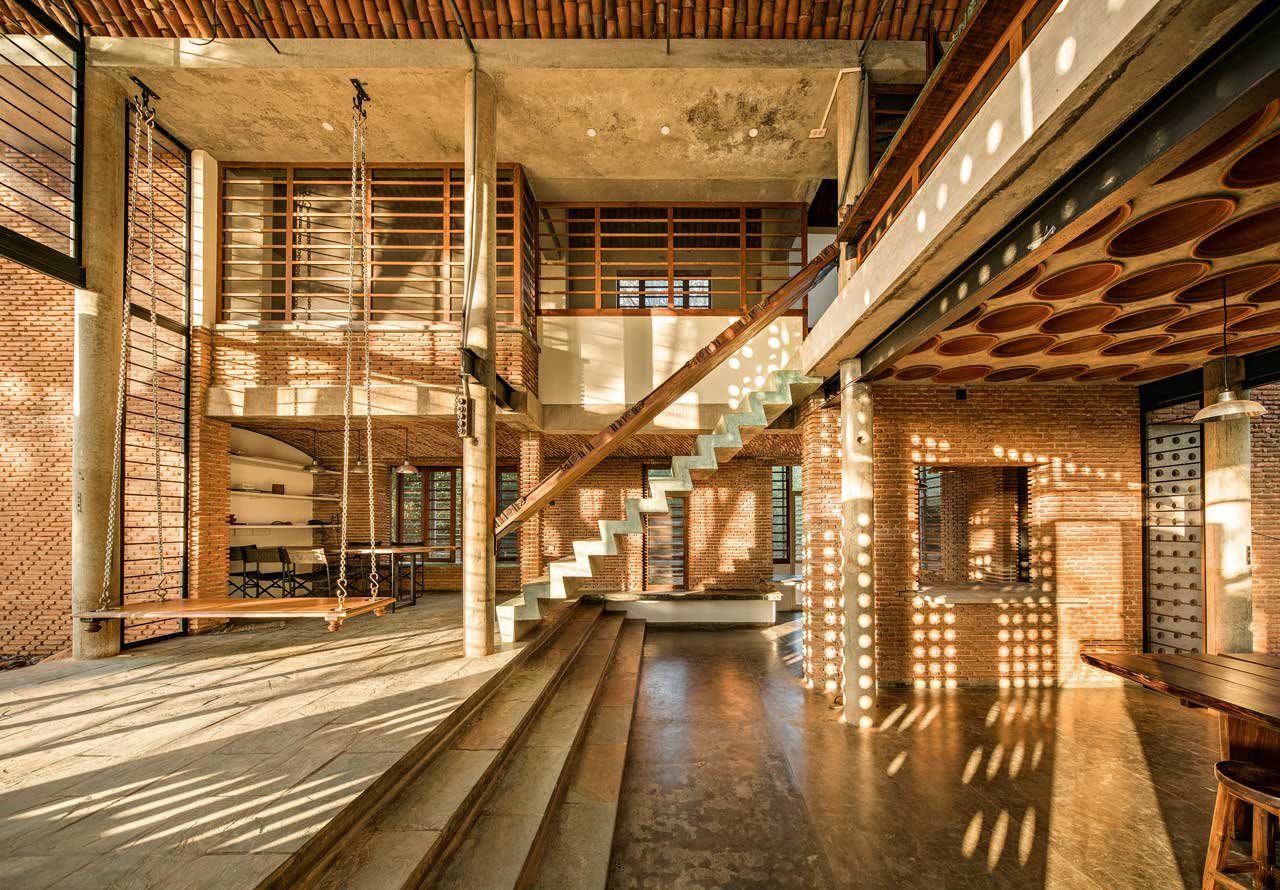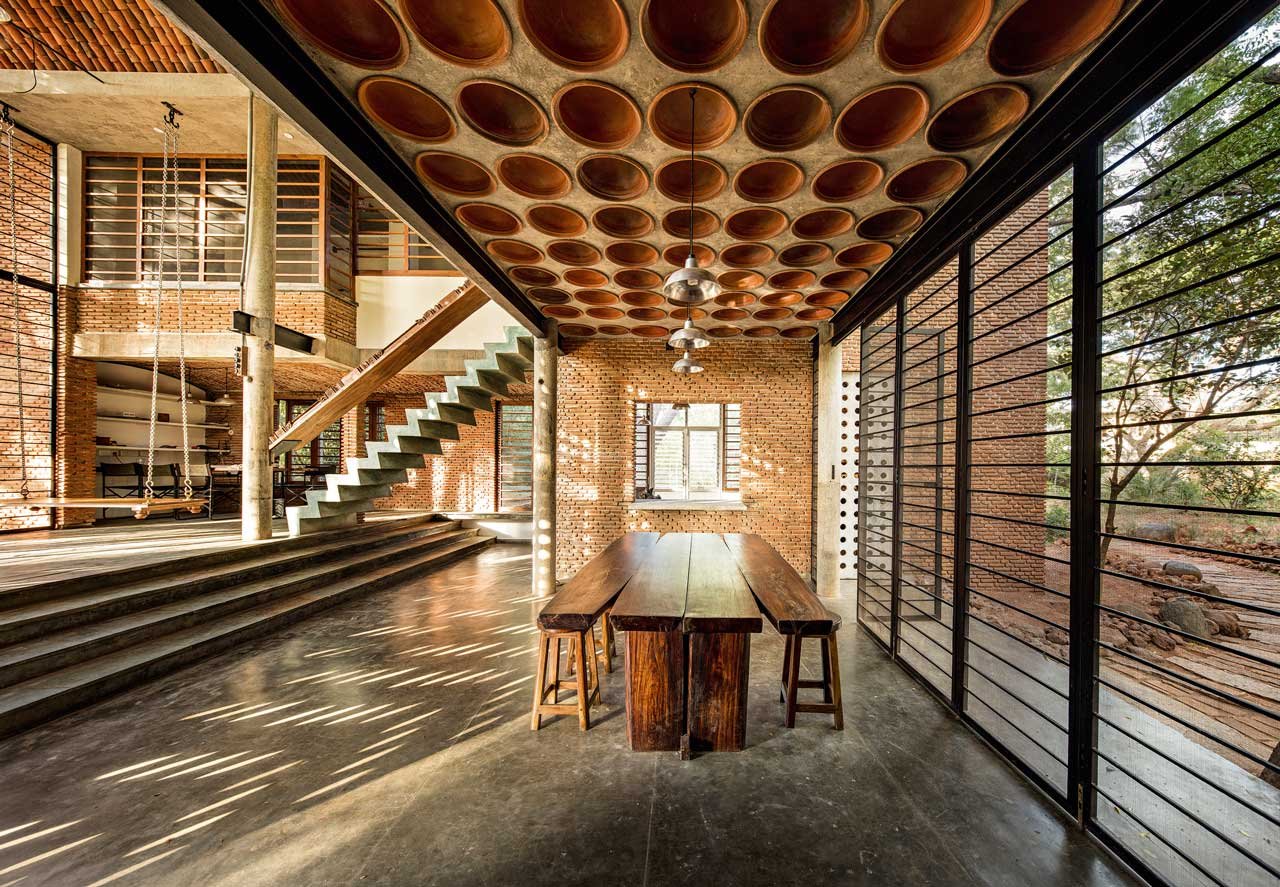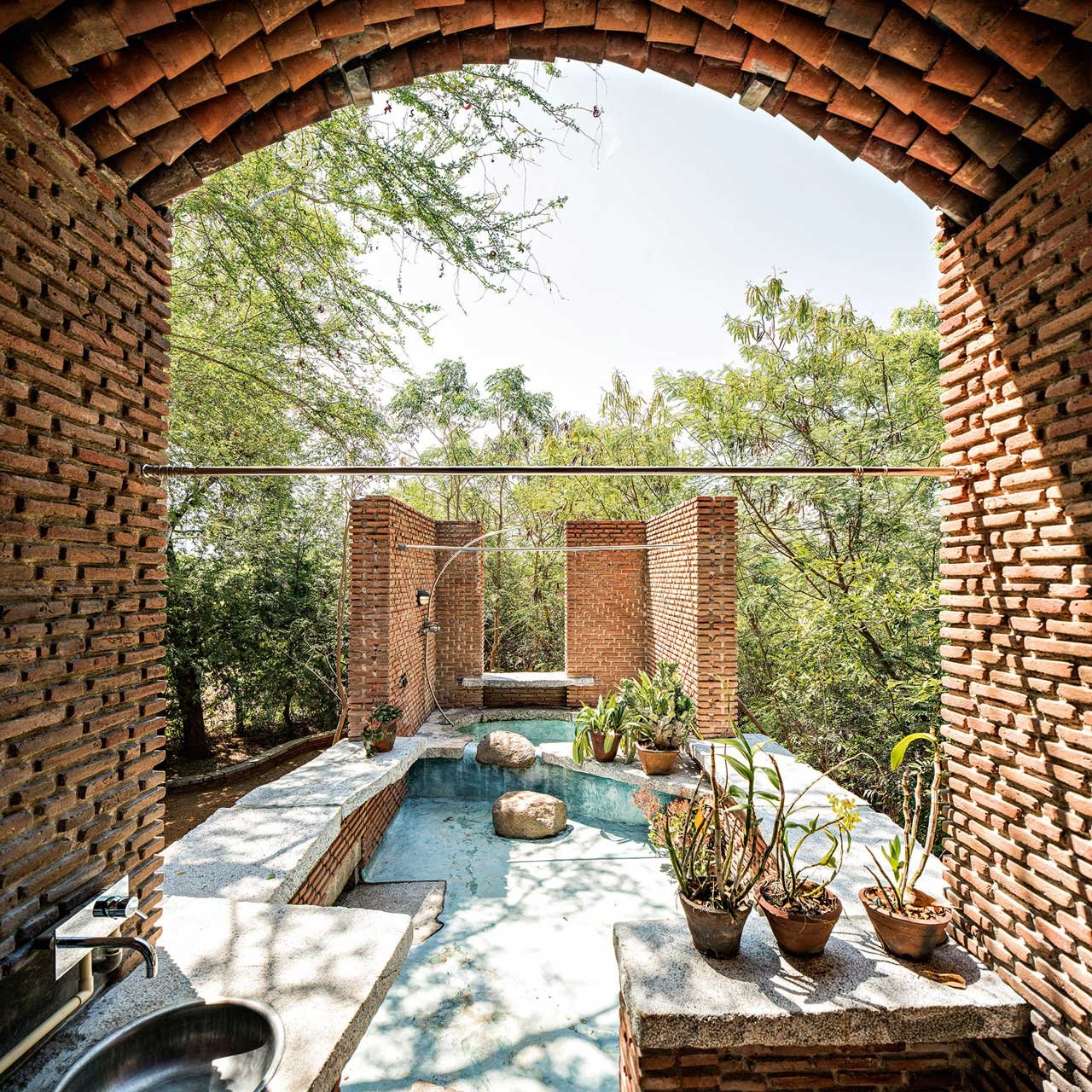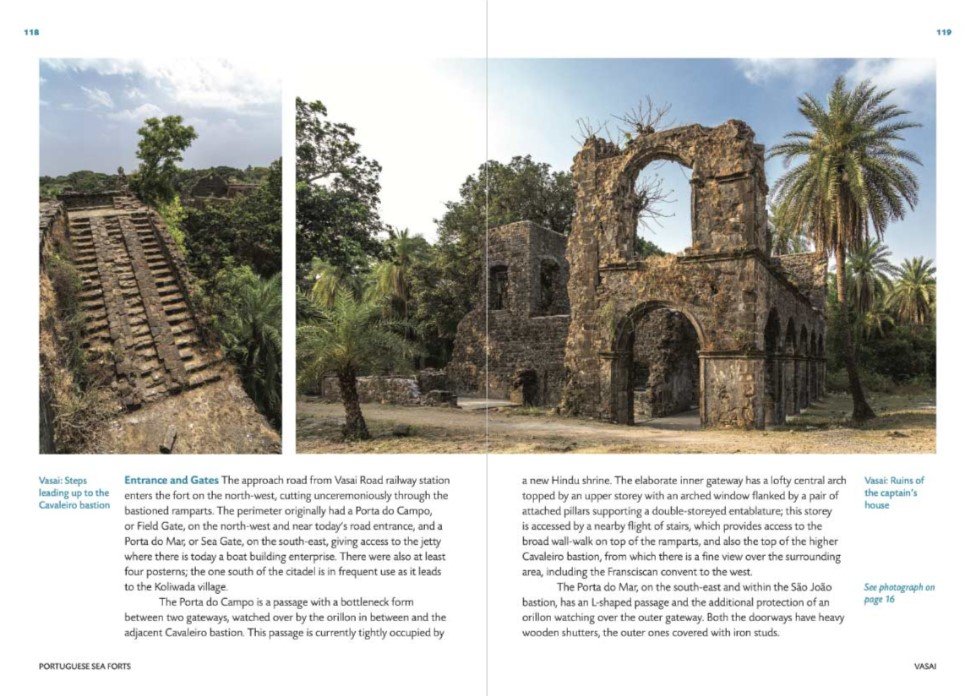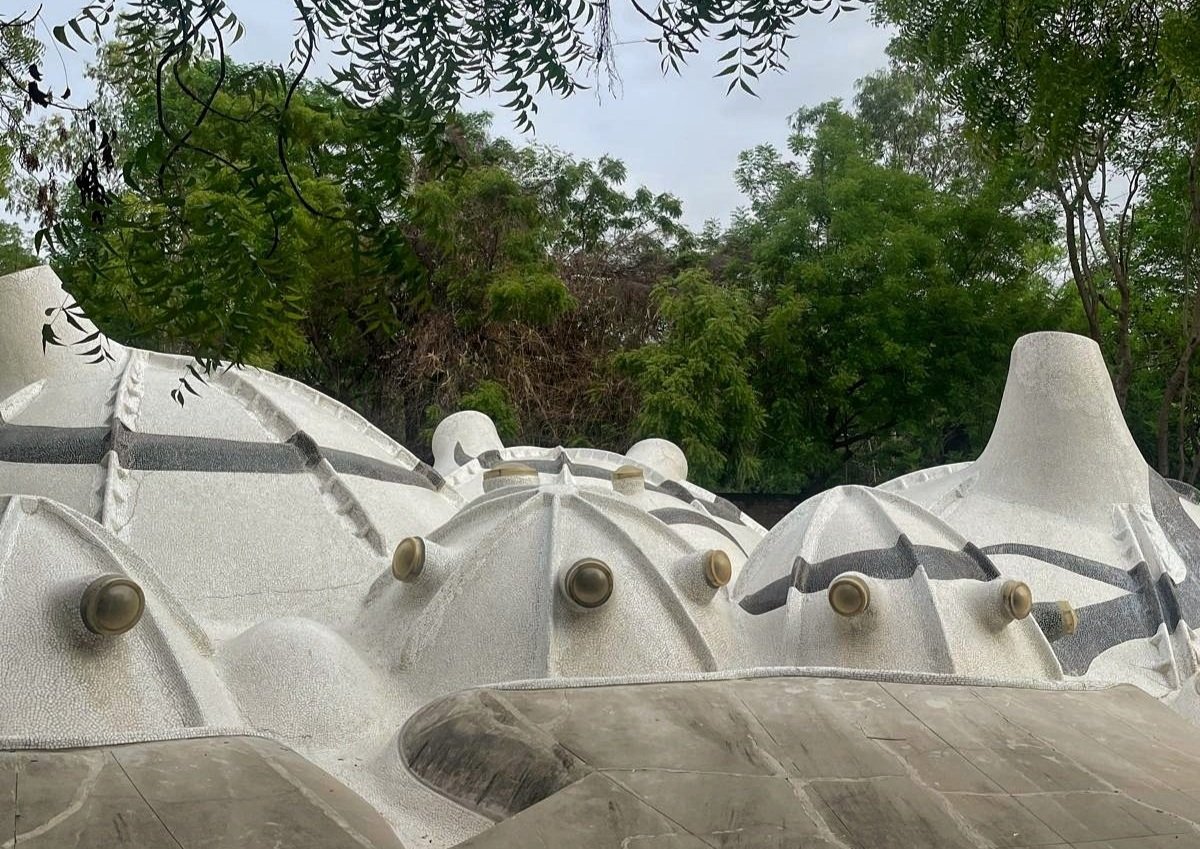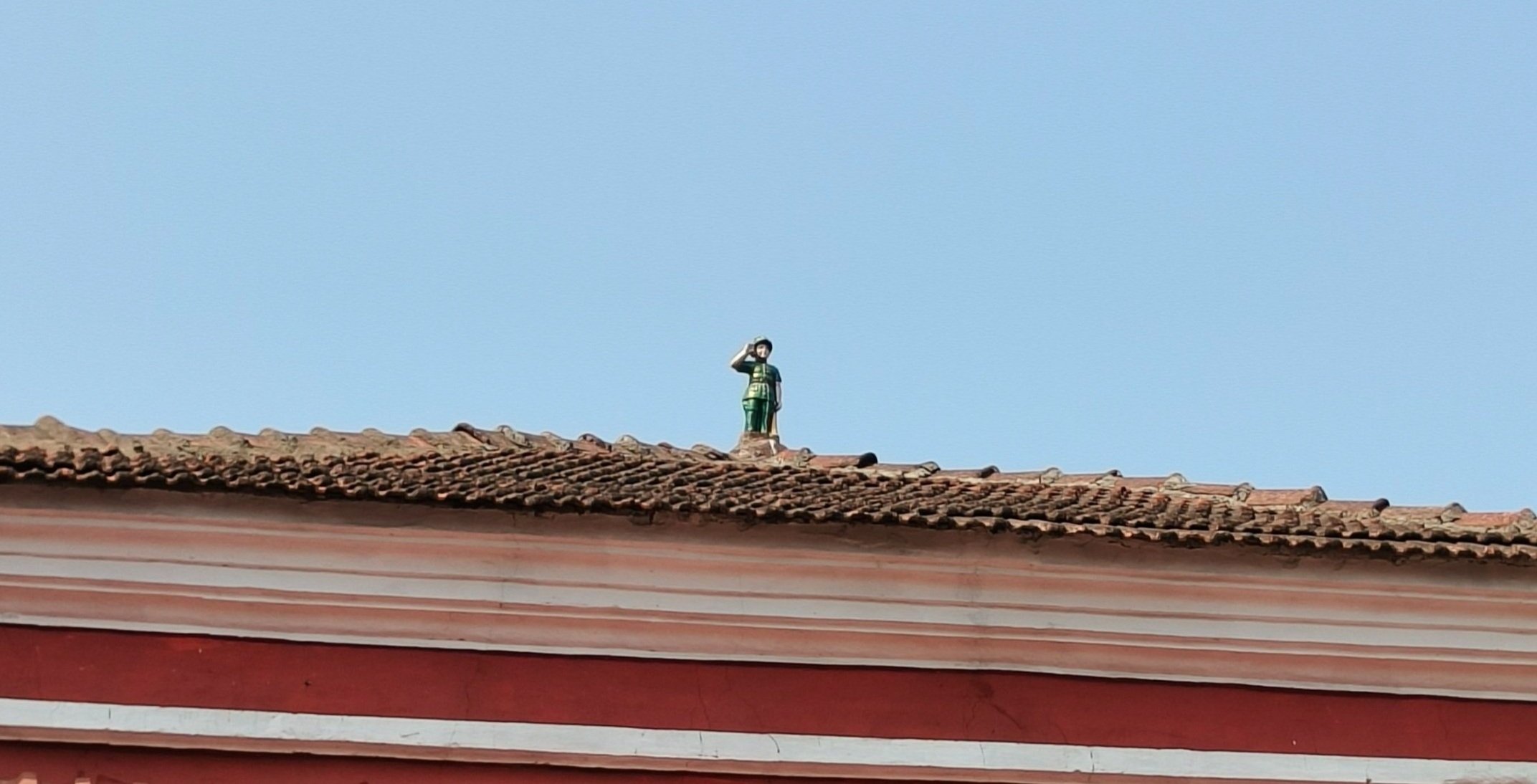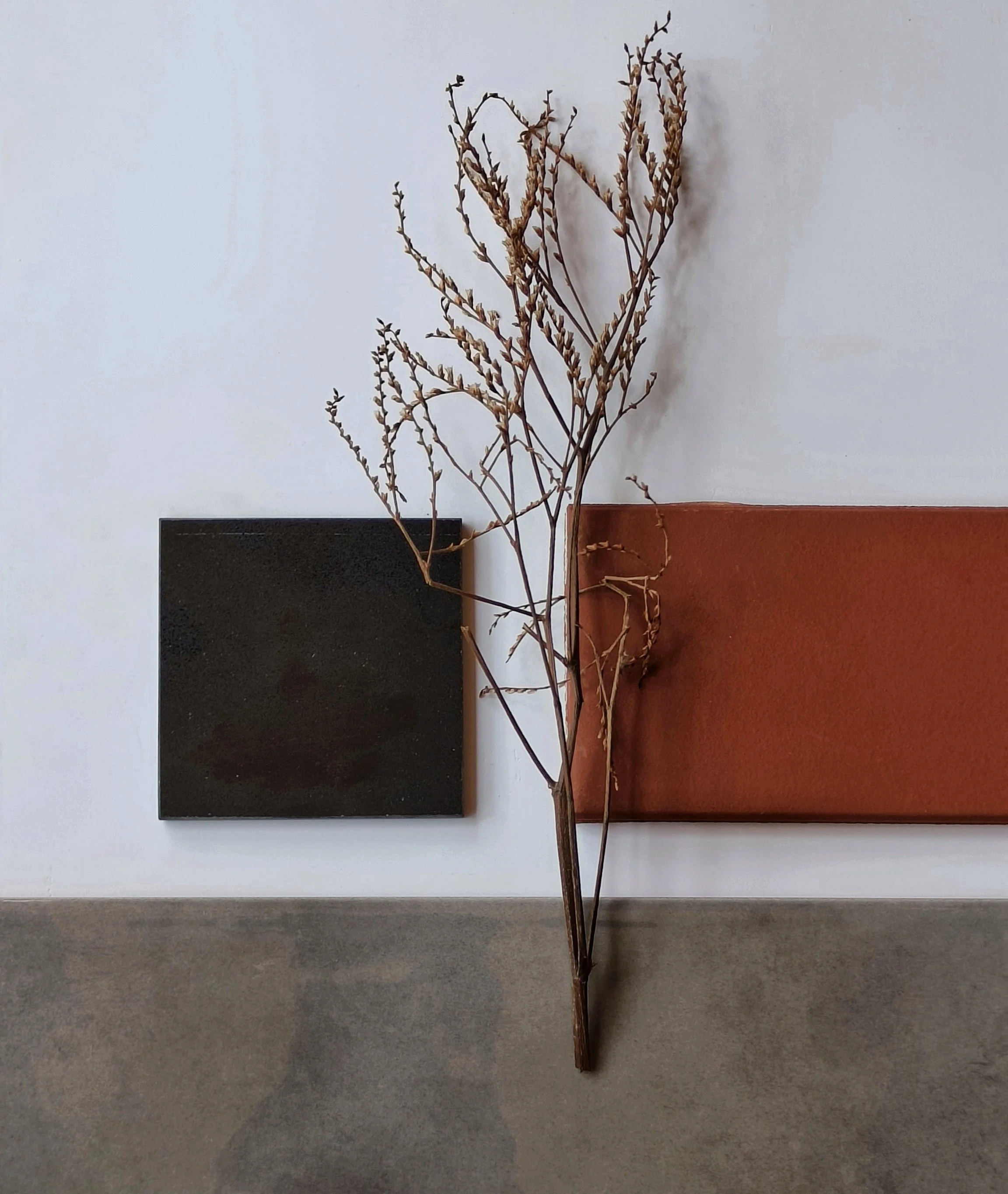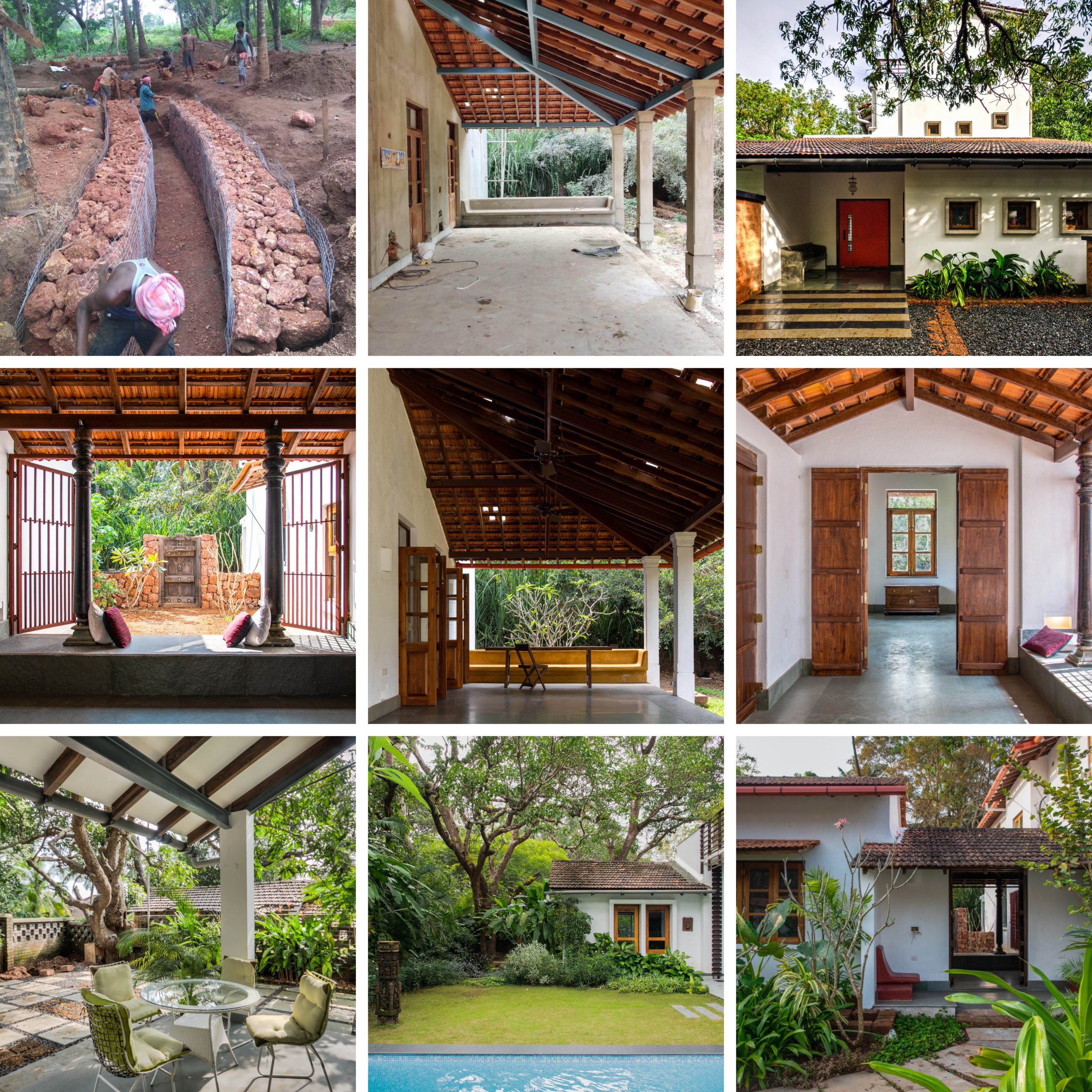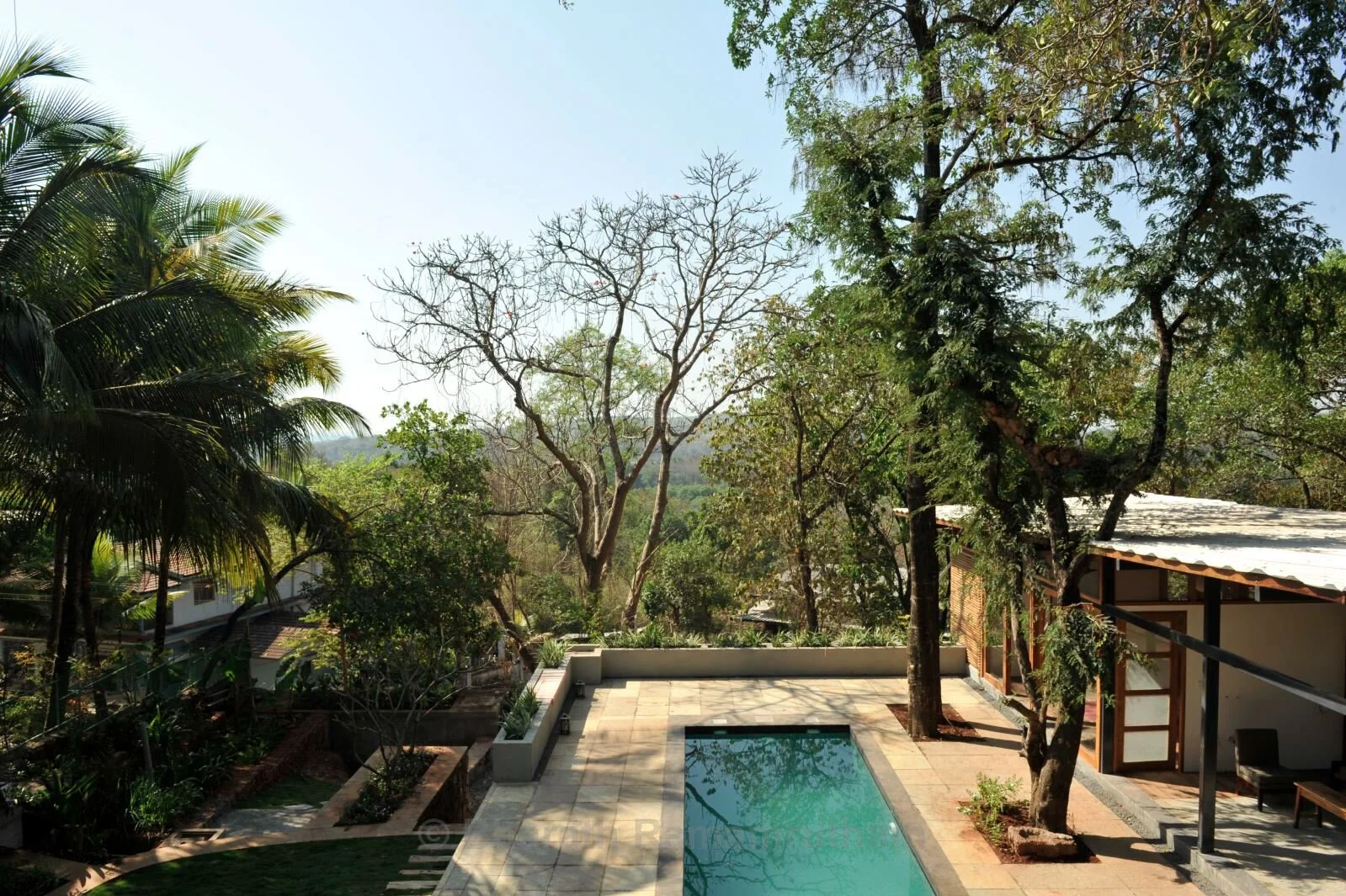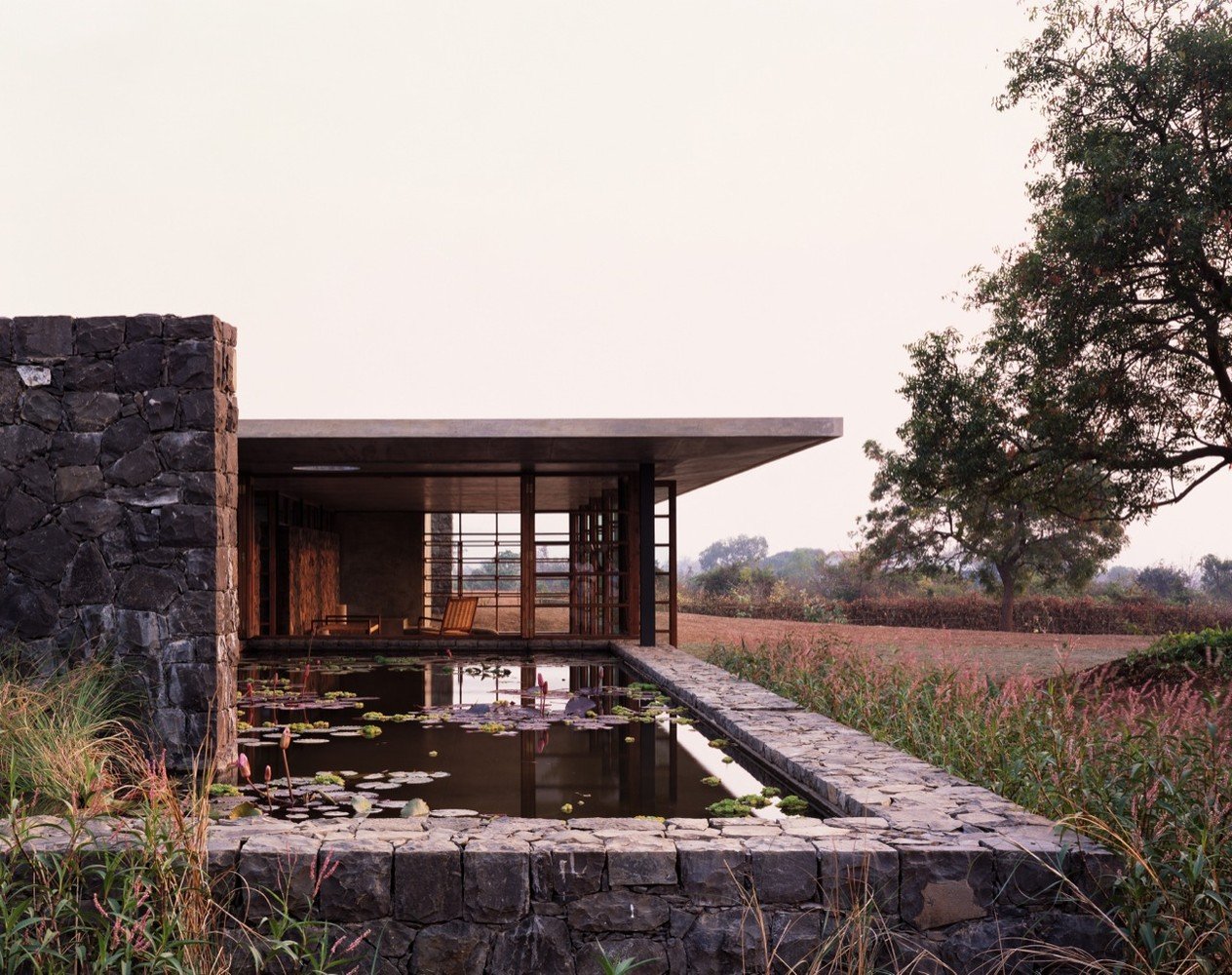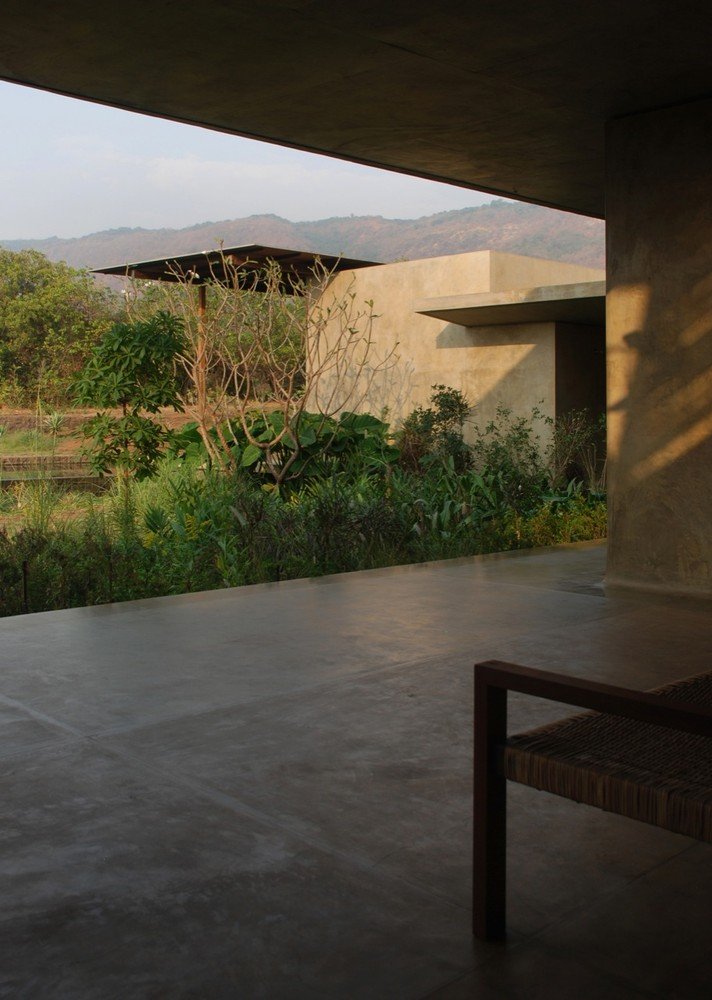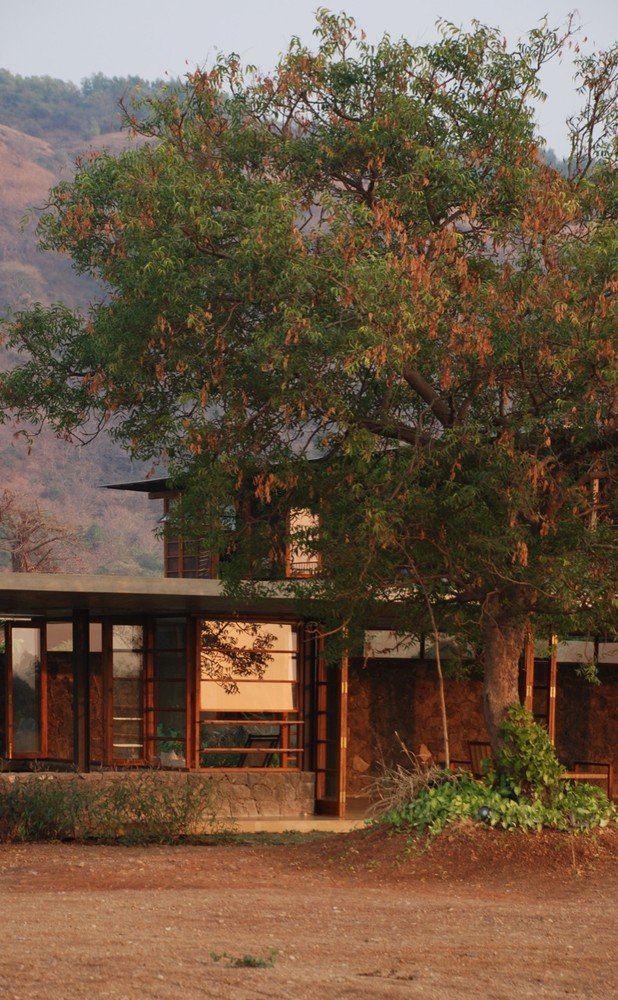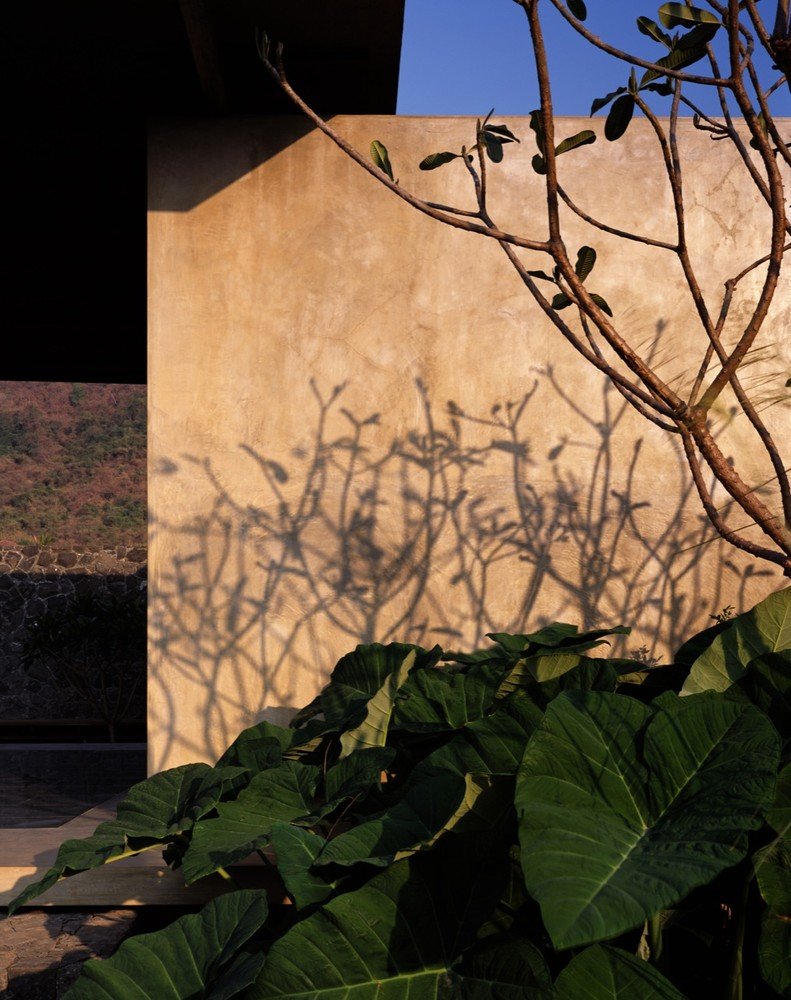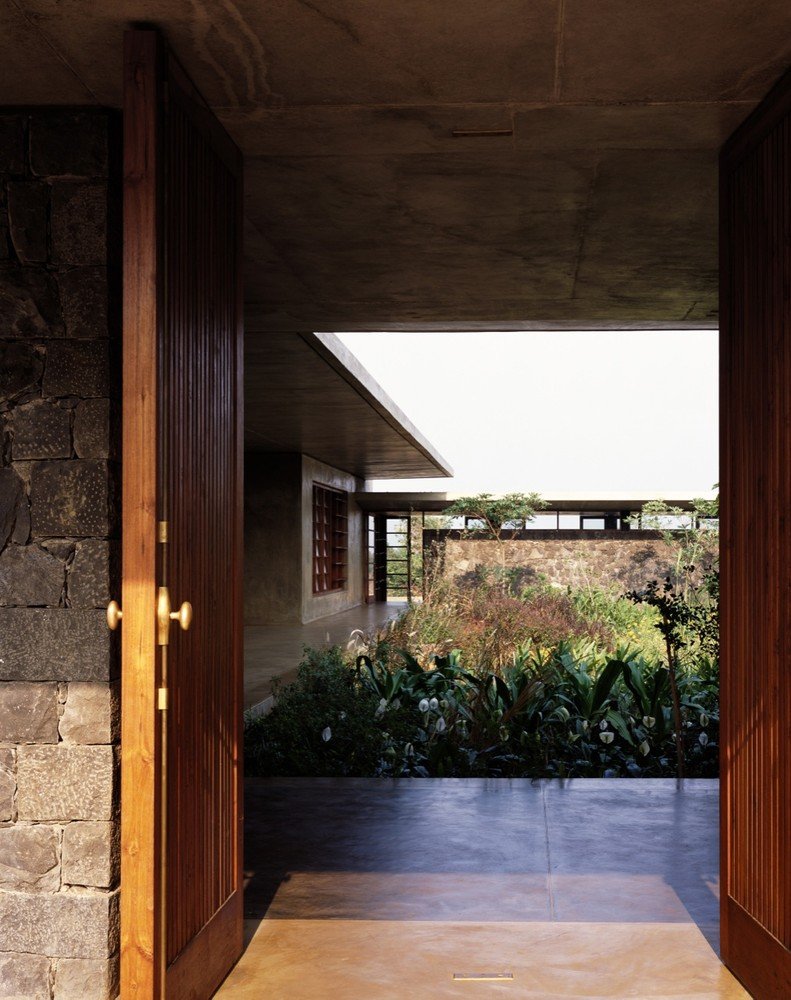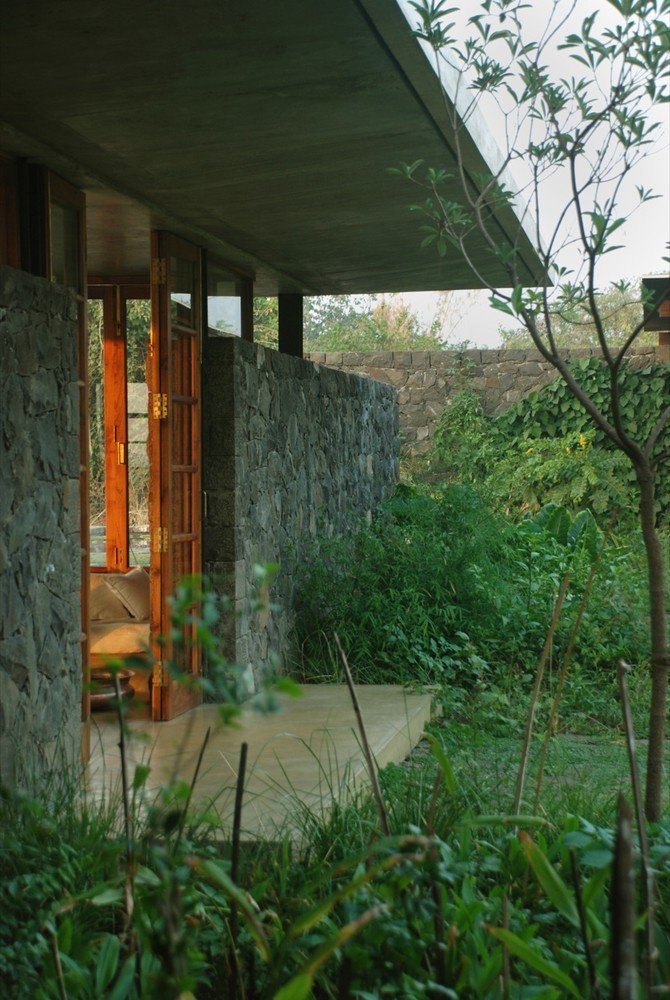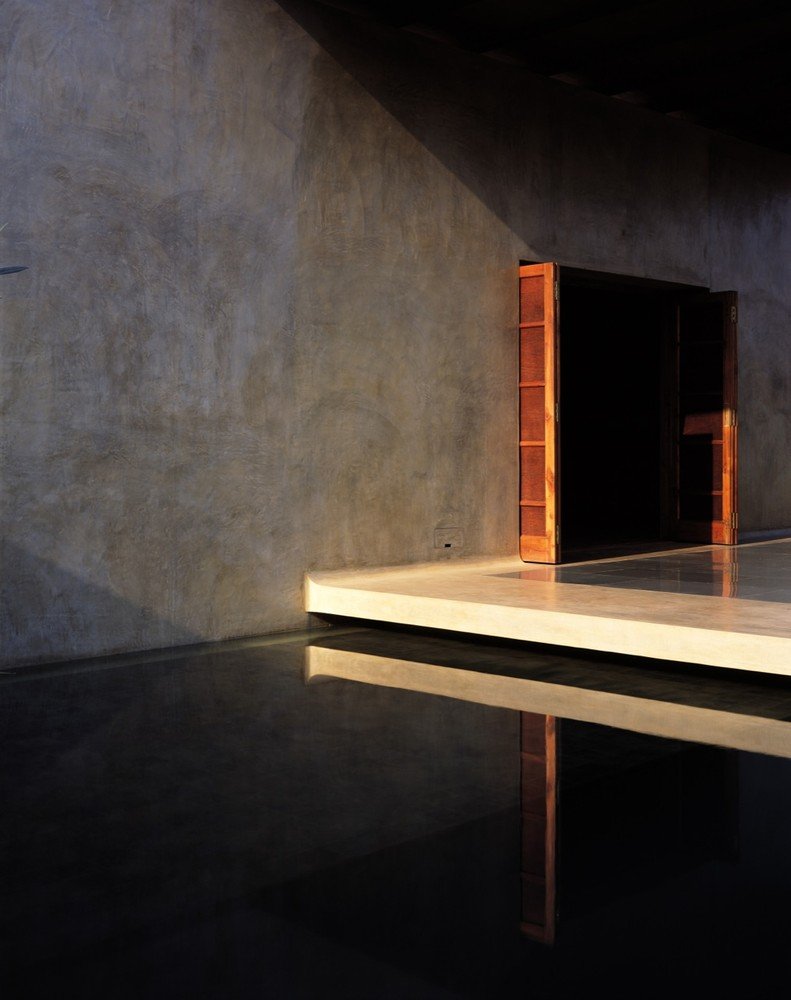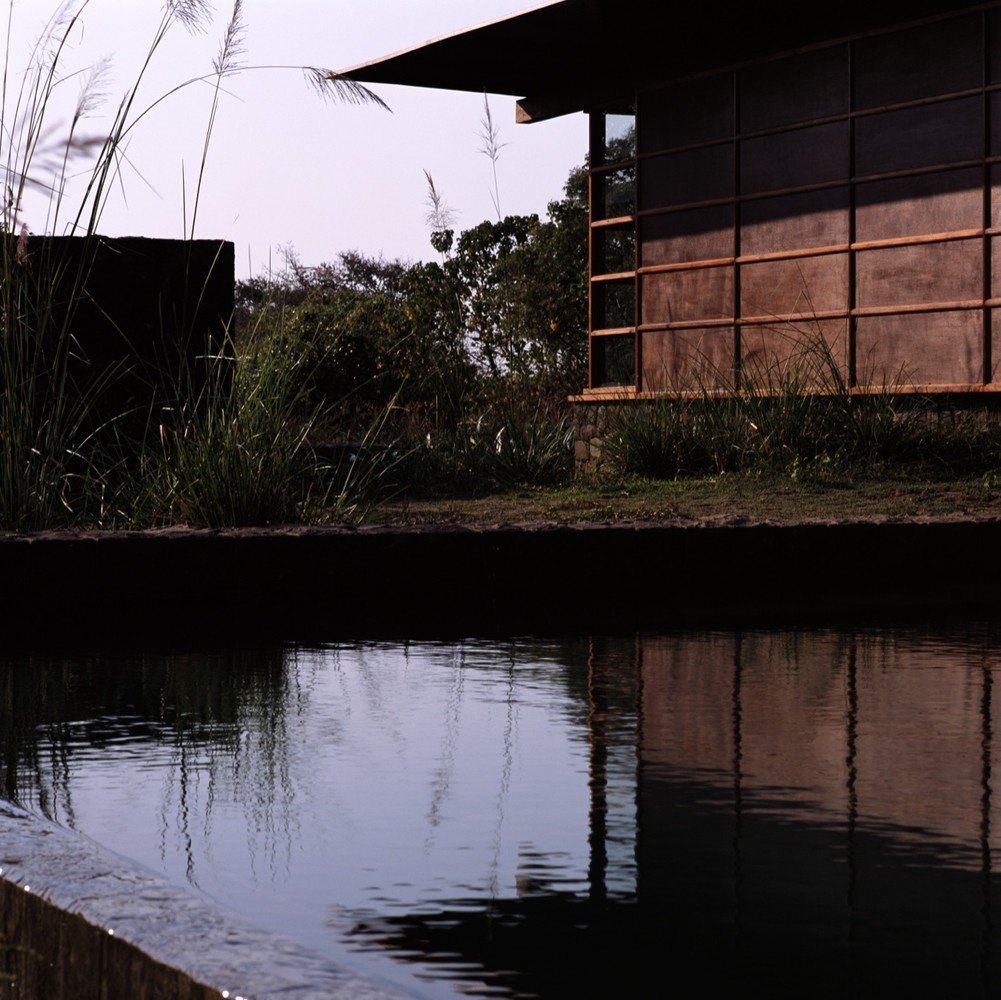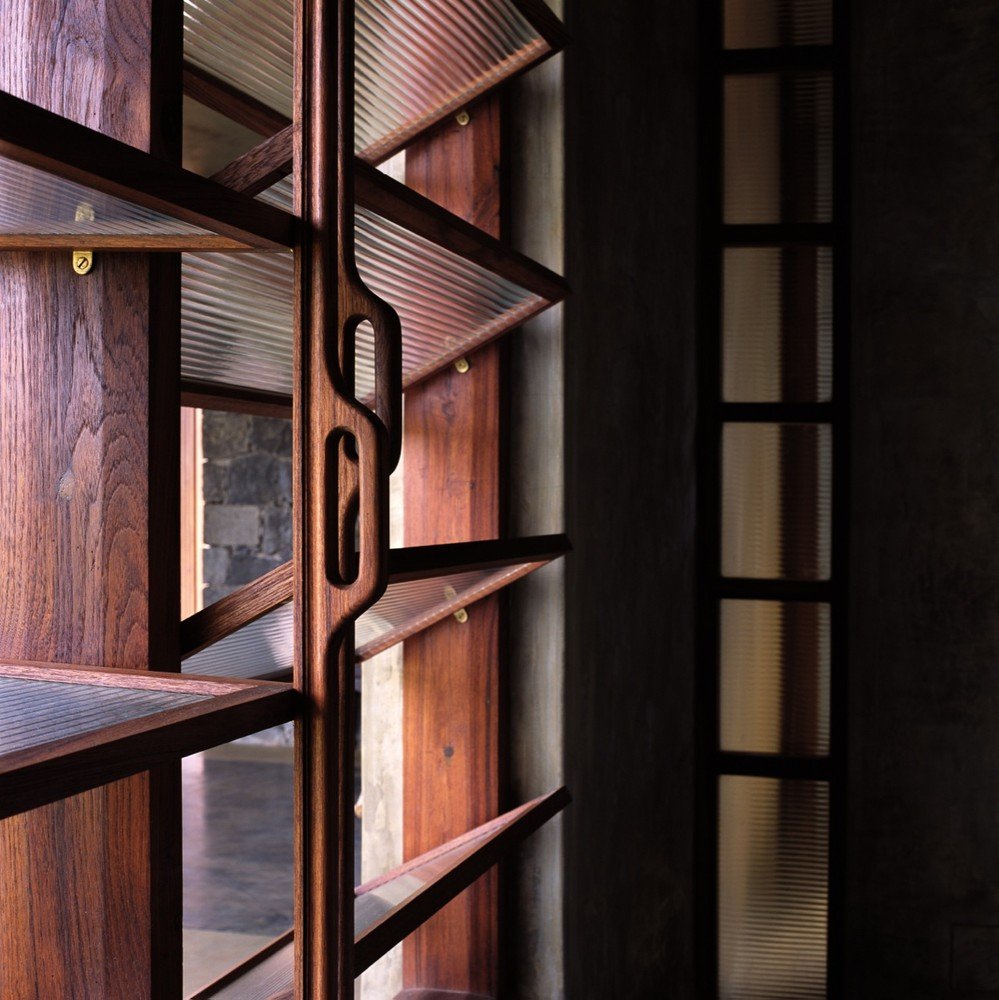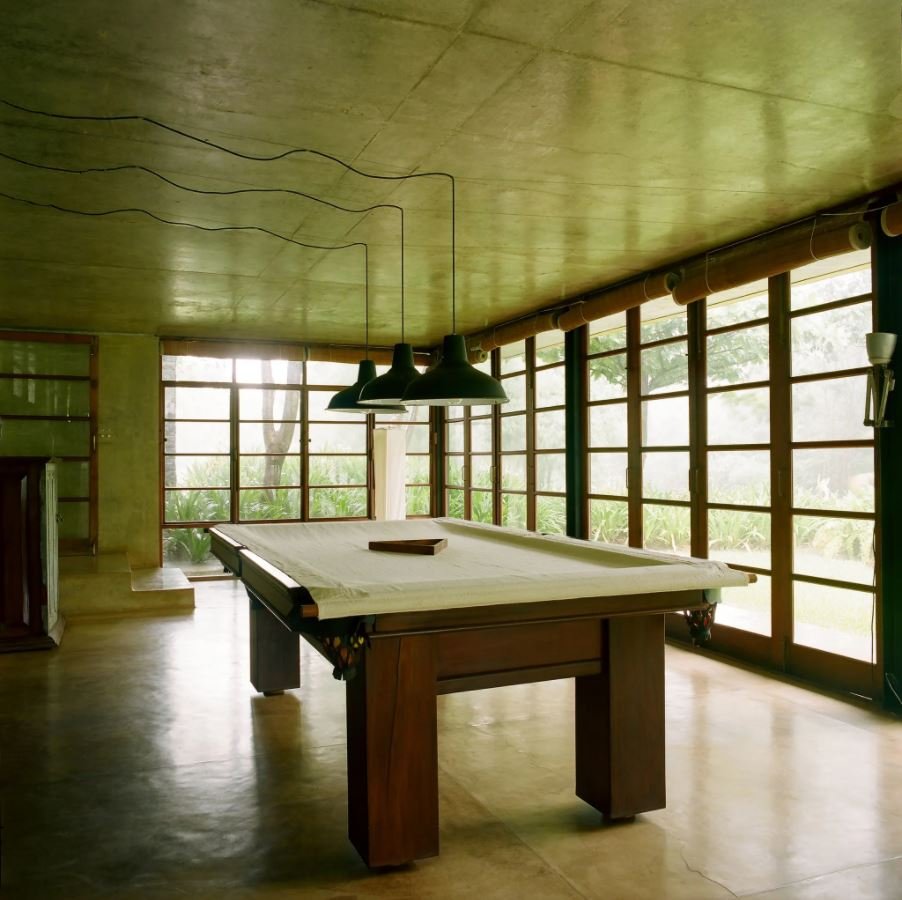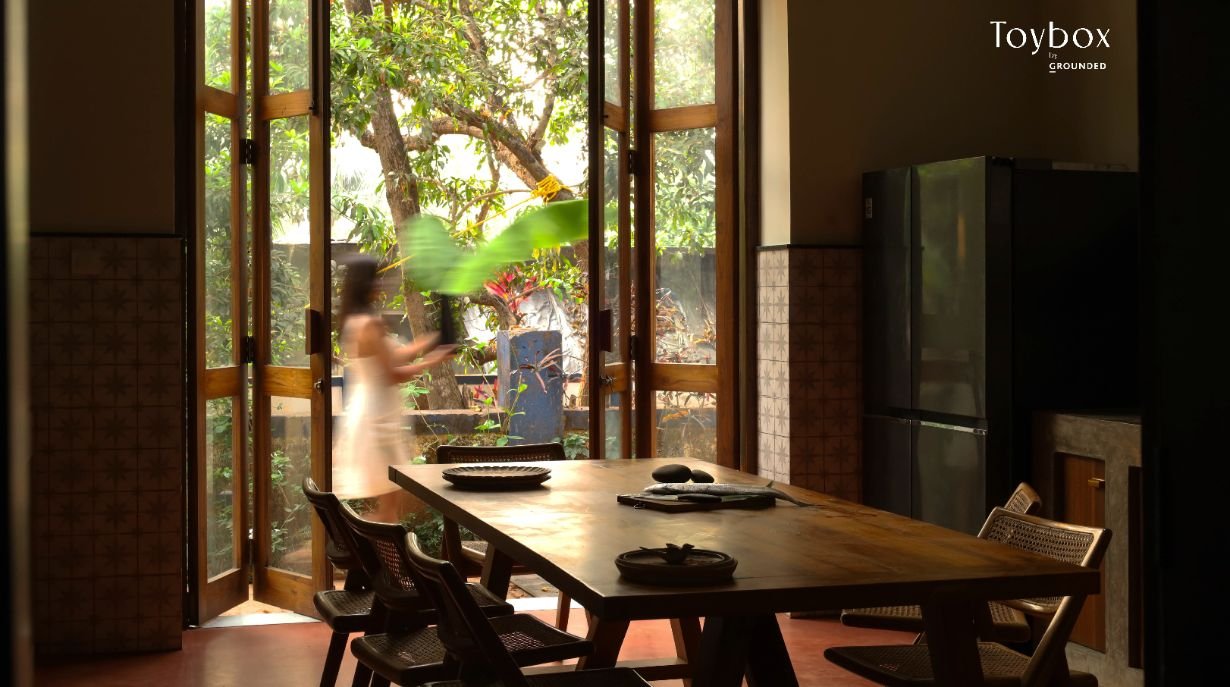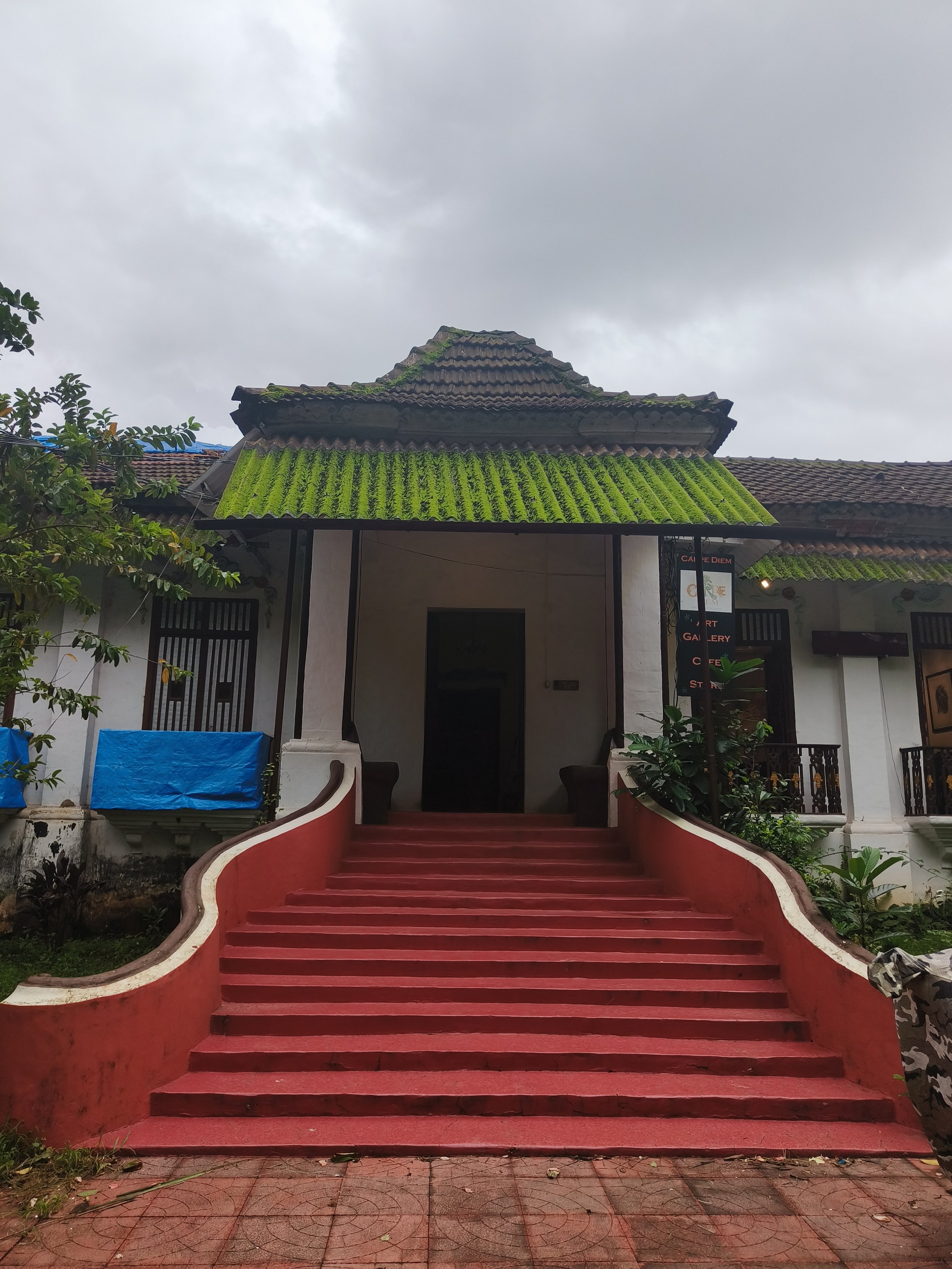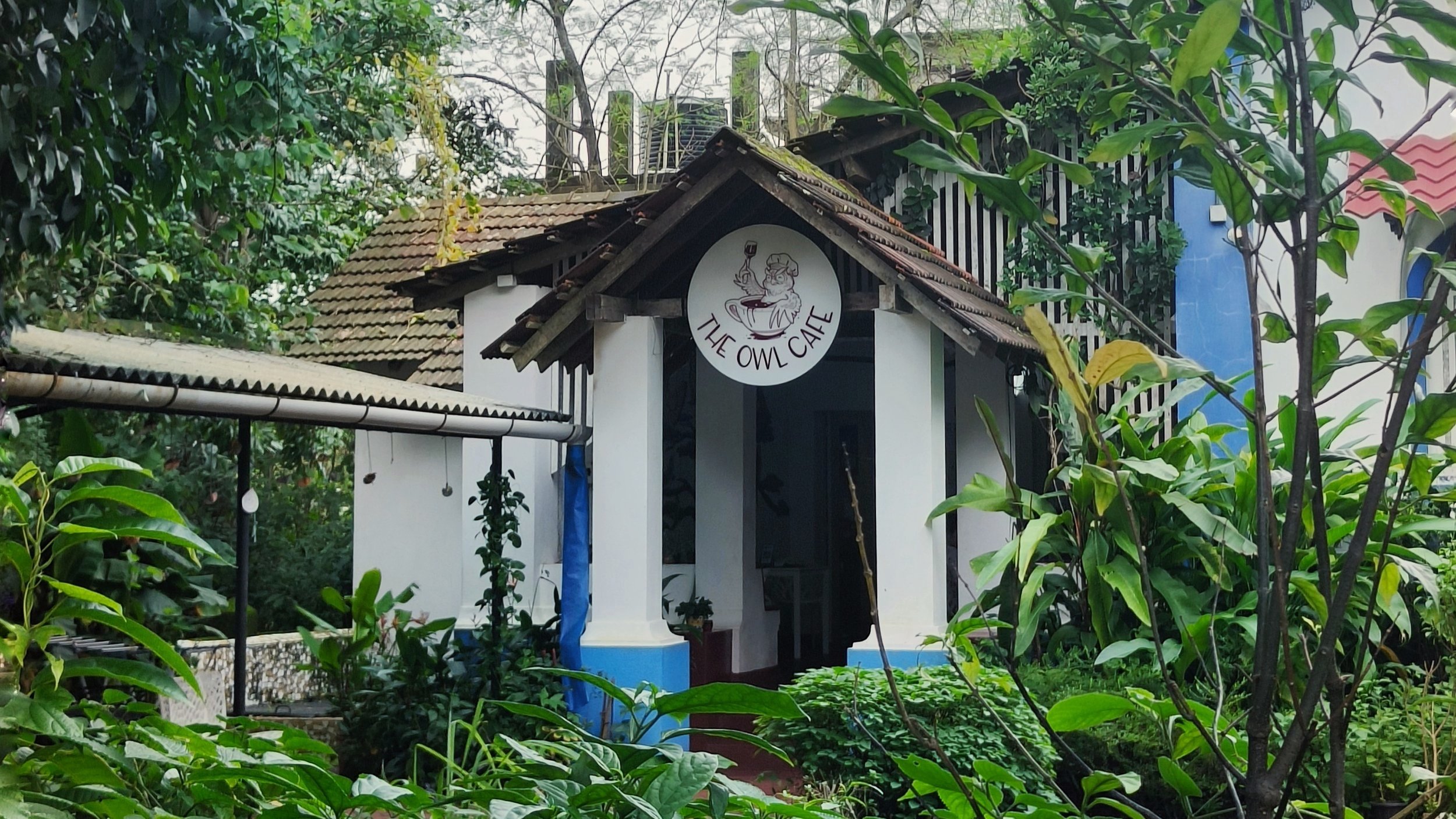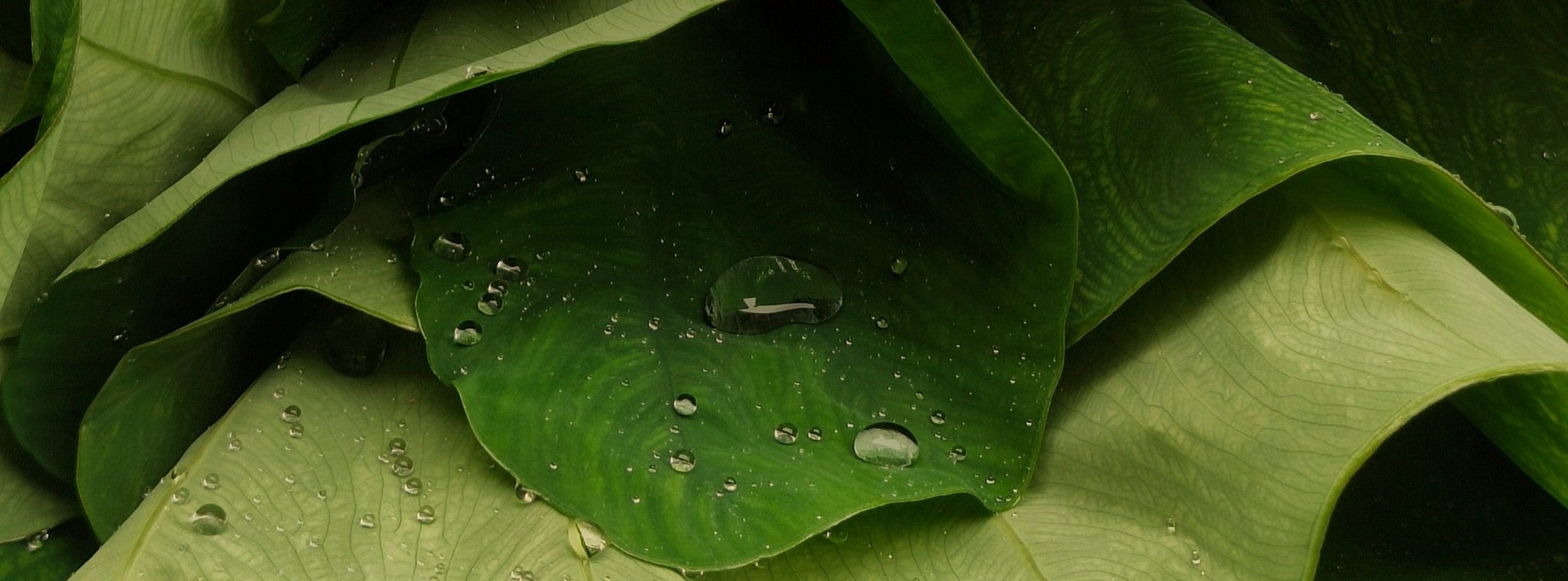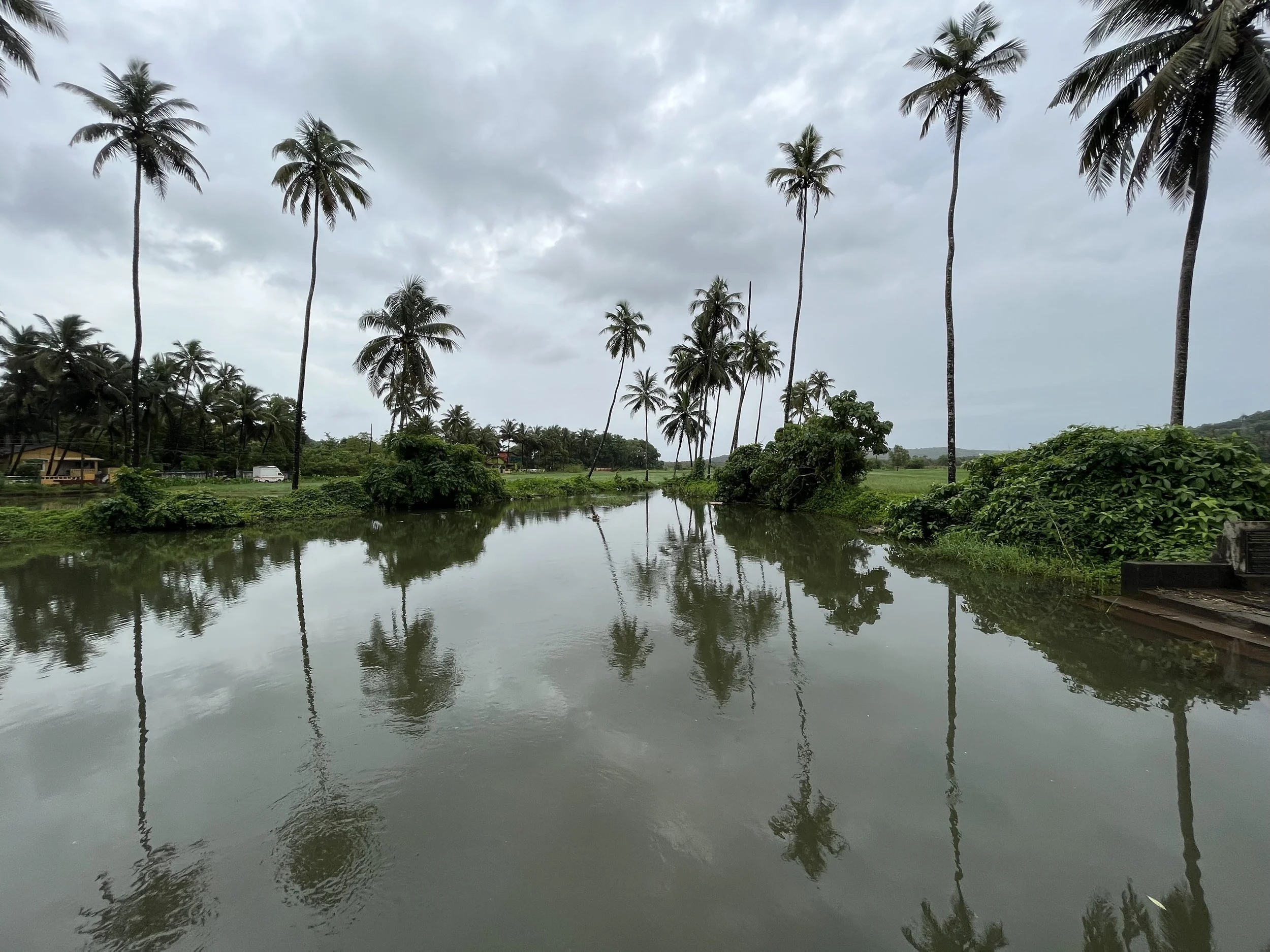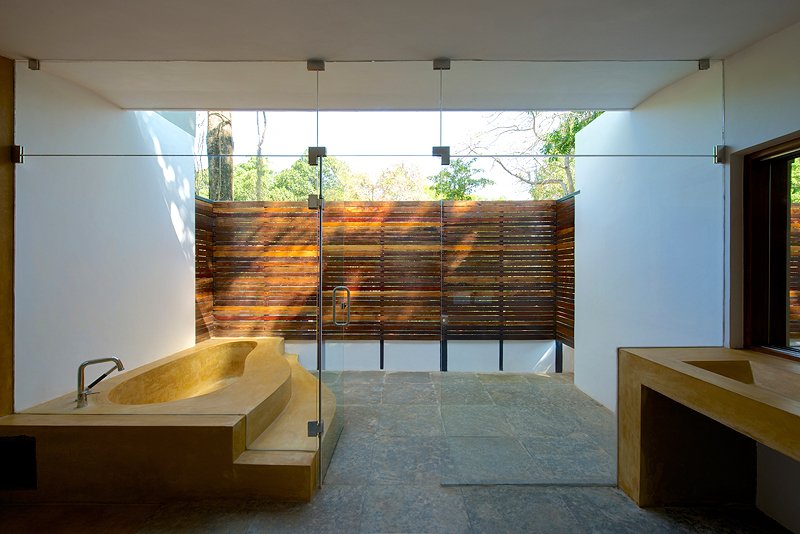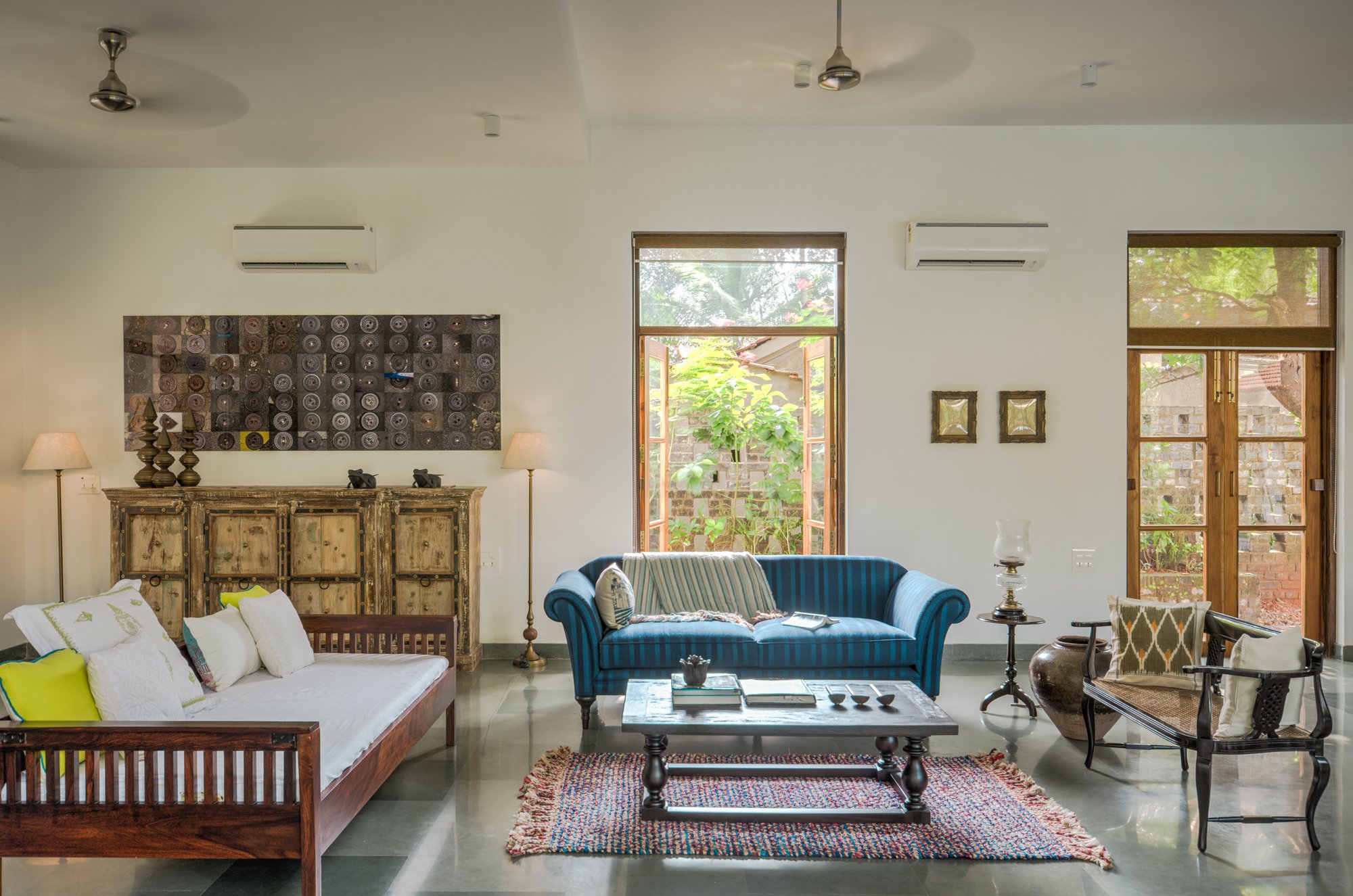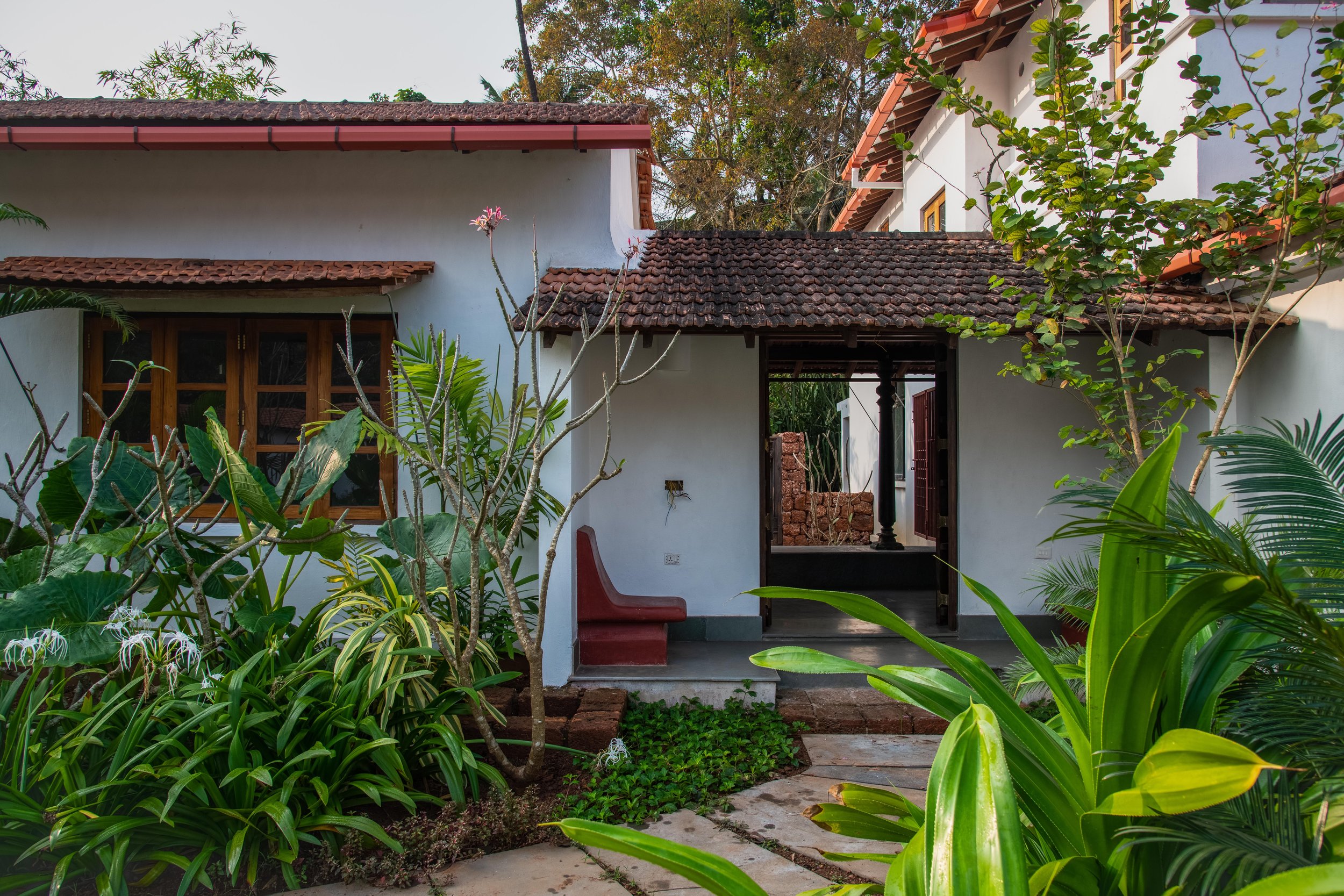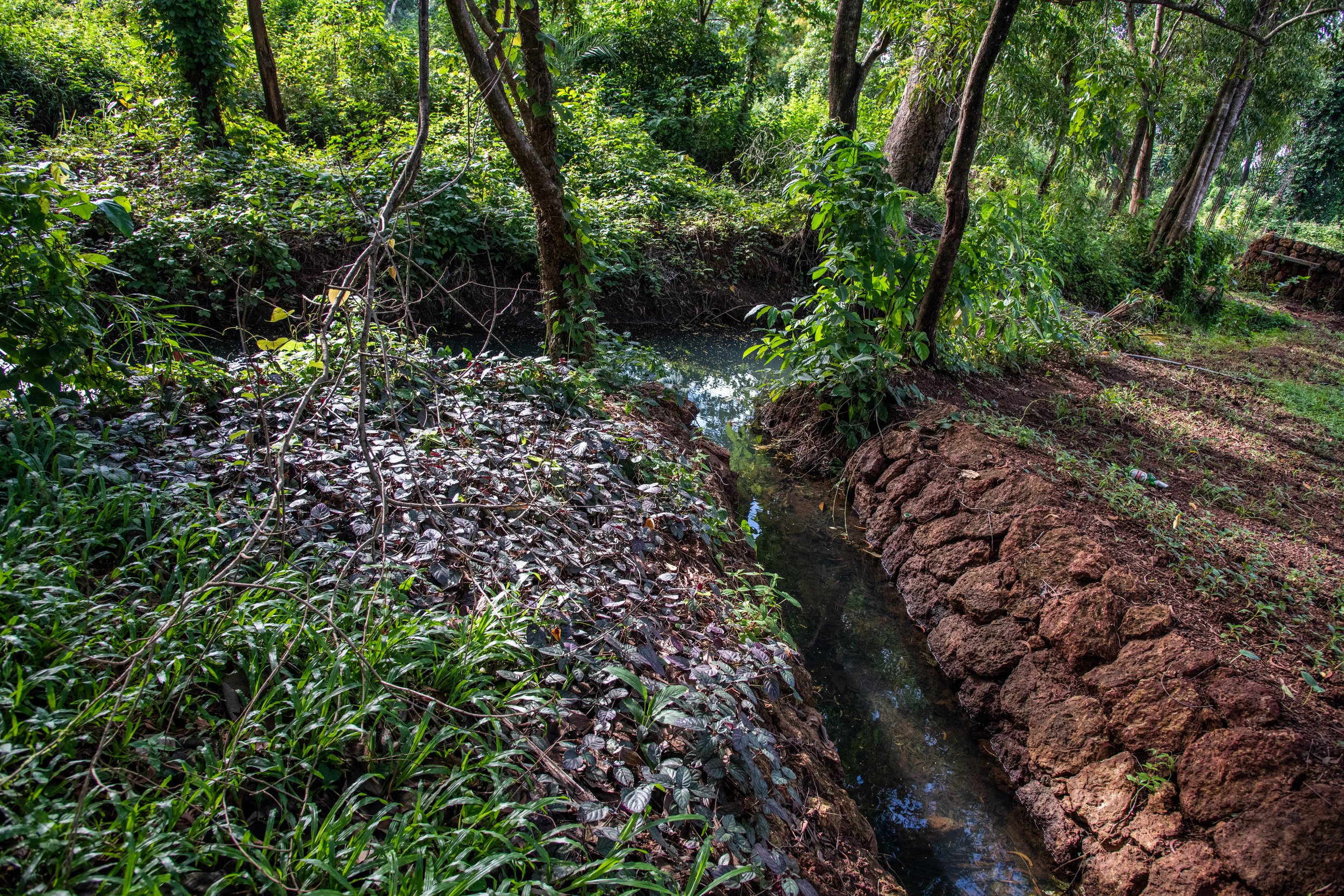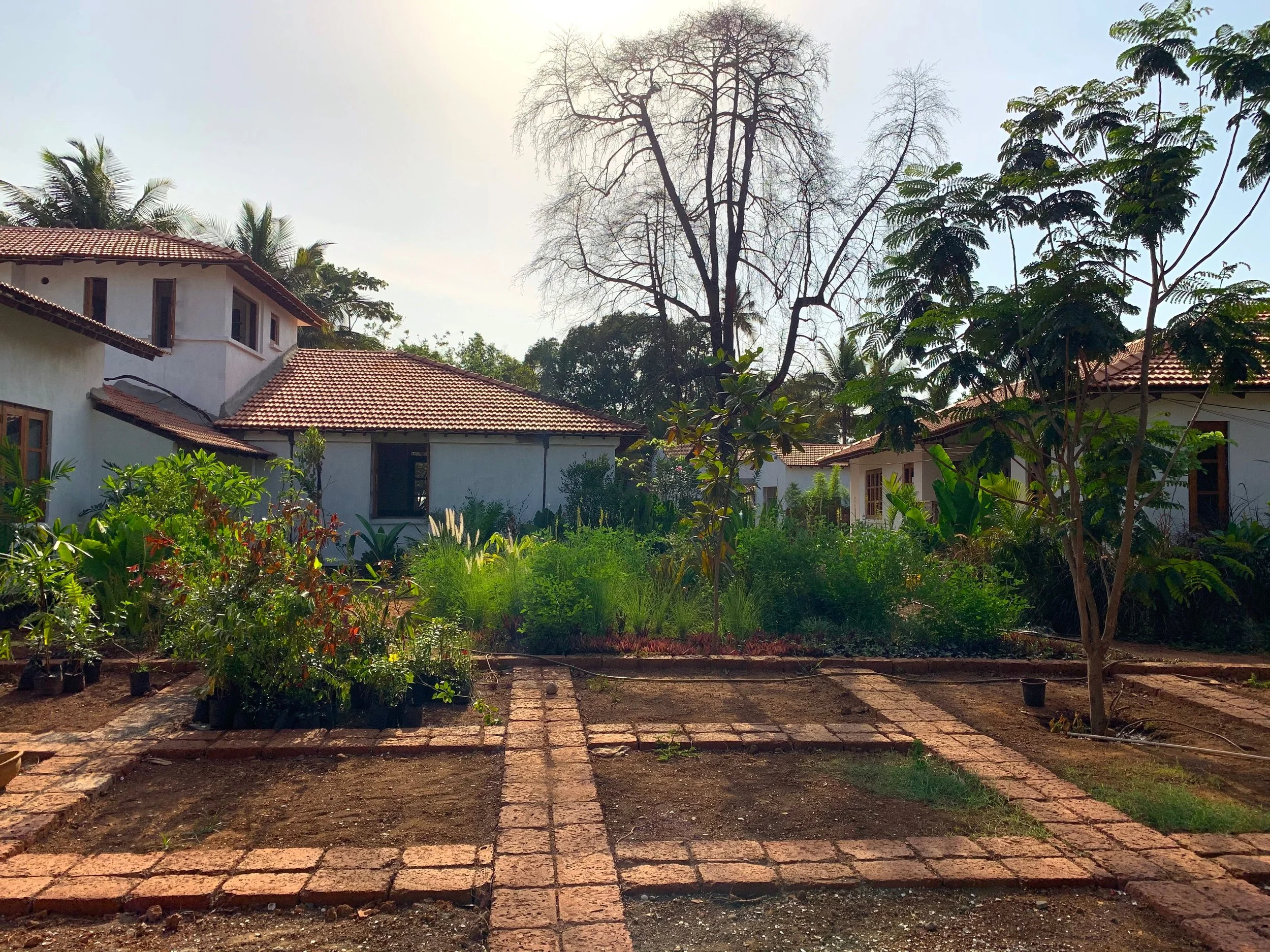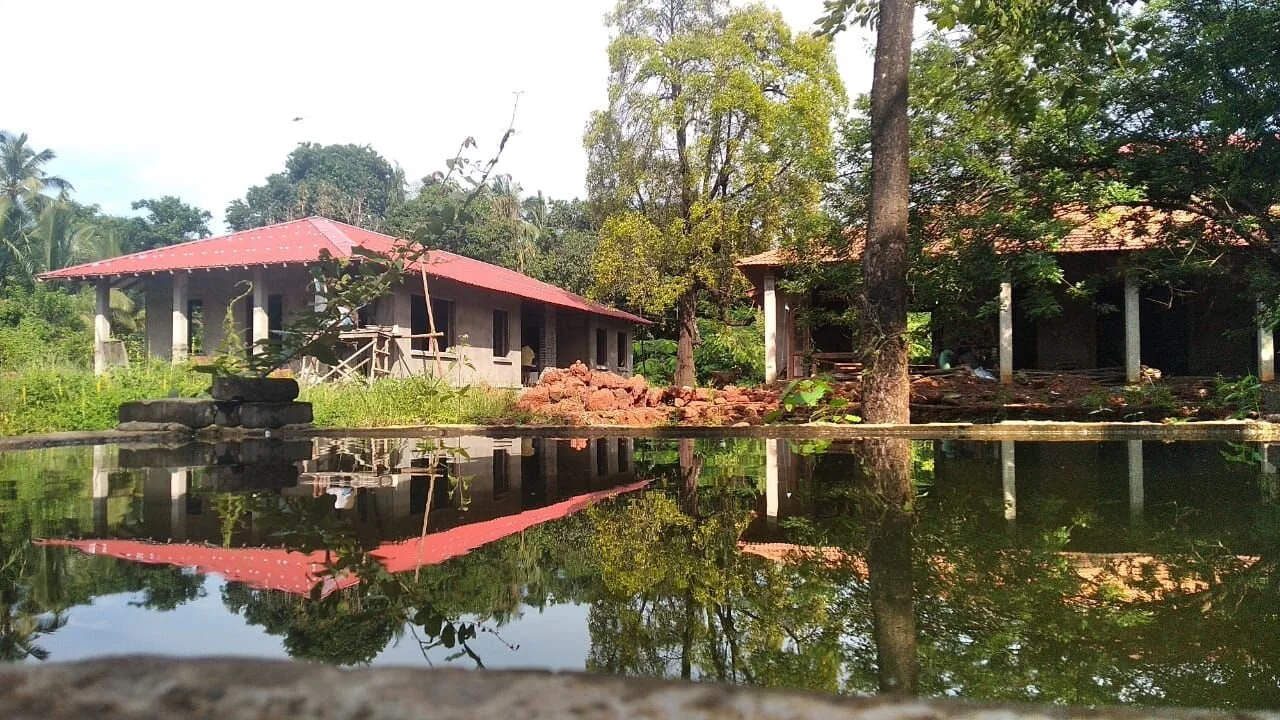If Hampi is to be described in a single word, it would be Majestic. The capital city of the erstwhile Vijayanagara Empire still takes your breath away, six centuries after its downfall. Team Grounded took a trip to Hampi from our studio this January. For anyone living in Goa, Hampi is an ideal destination for a road trip, just 6.5 hours away. On day 1, we visited the stunning Virupaksha temple complex and the surrounding Hemakuta hill.
The nine-tiered Gopuram of the Virupaksha in itself is an architectural masterpiece. The temple complex is a must-visit site for every architecture/history enthusiast, with its intricate detailing dating back to the 7th century.
The Virupaksha Temple
The highlight of our day was the stunning sunset from atop the Hemakuta Hill. The play of light over the historic temples nestled amidst the beautiful boulders of the Hampi landscape was simply breathtaking. The evening sun seemed to echo the grandeur of the once magnificent Vijayanagar Empire to its visitors.
Sunset from atop the Hemakutas
Pushkarani at the Krishna temple
The twin Champa trees framing a Hanuman temple.
Immortalizing the moment through art. Sketch by our Ar. Shrunkhala & Intern Prajakta.
Team Grounded at the Hemakuta Hills.
Photograph Credits: Members of the team at Grounded.



